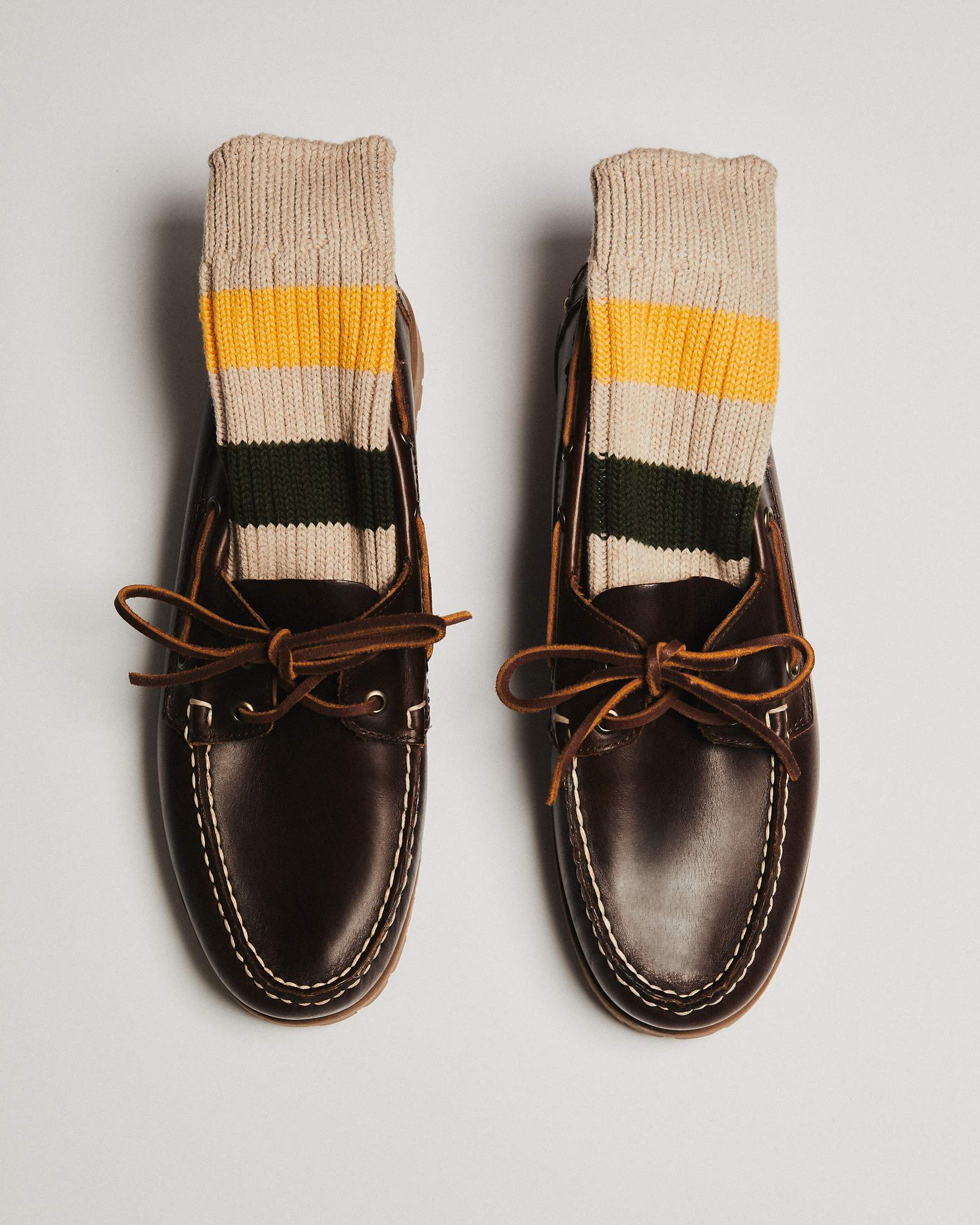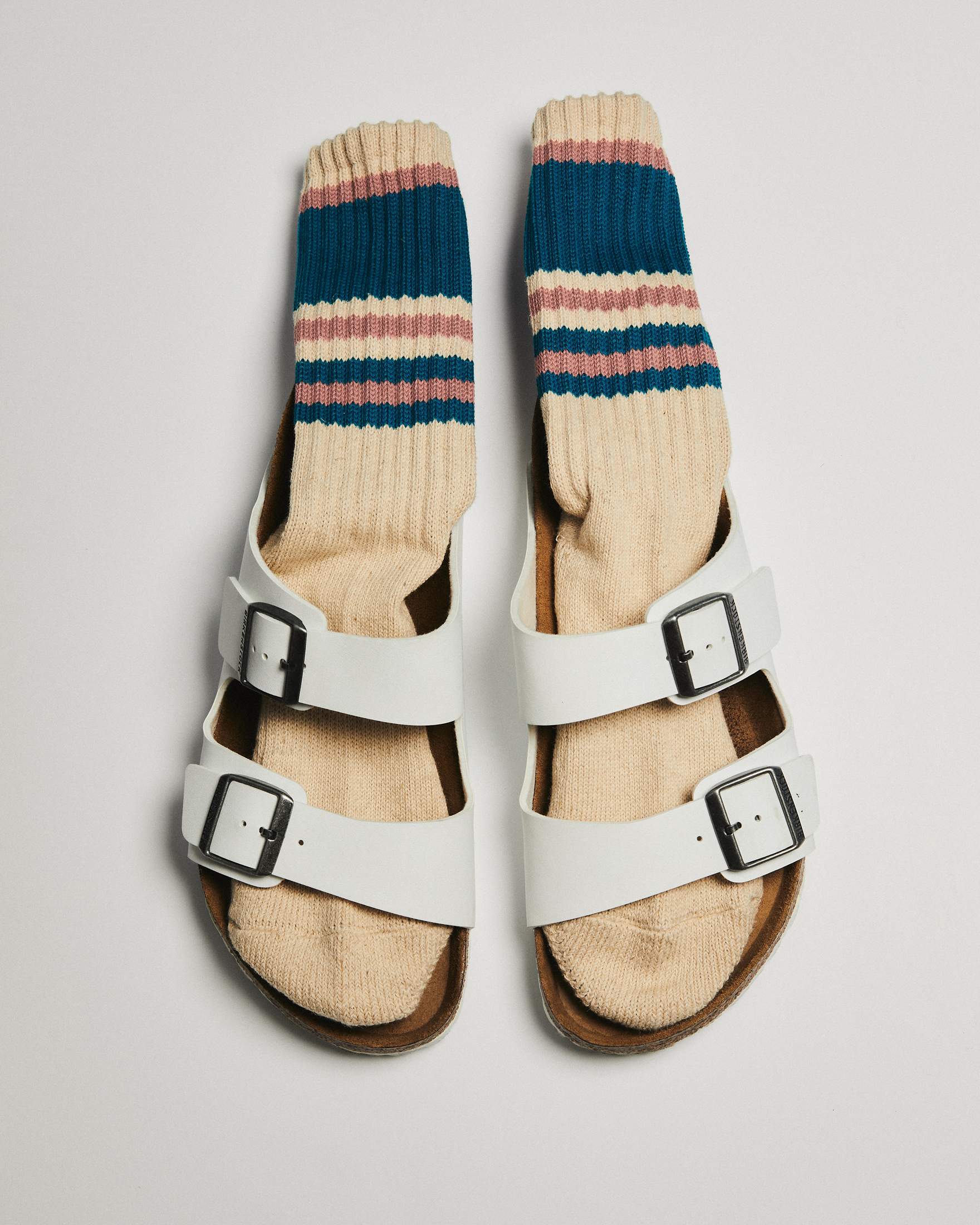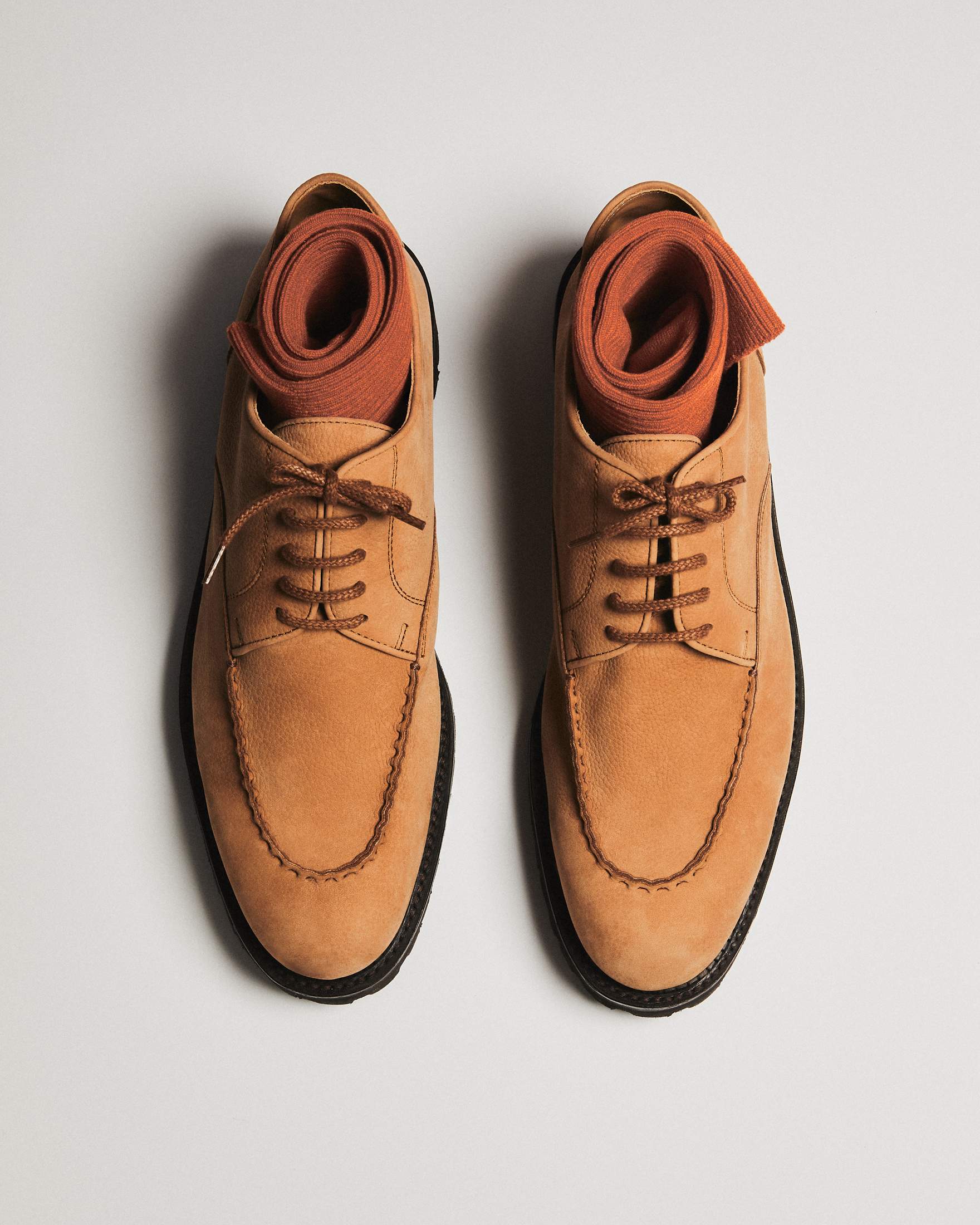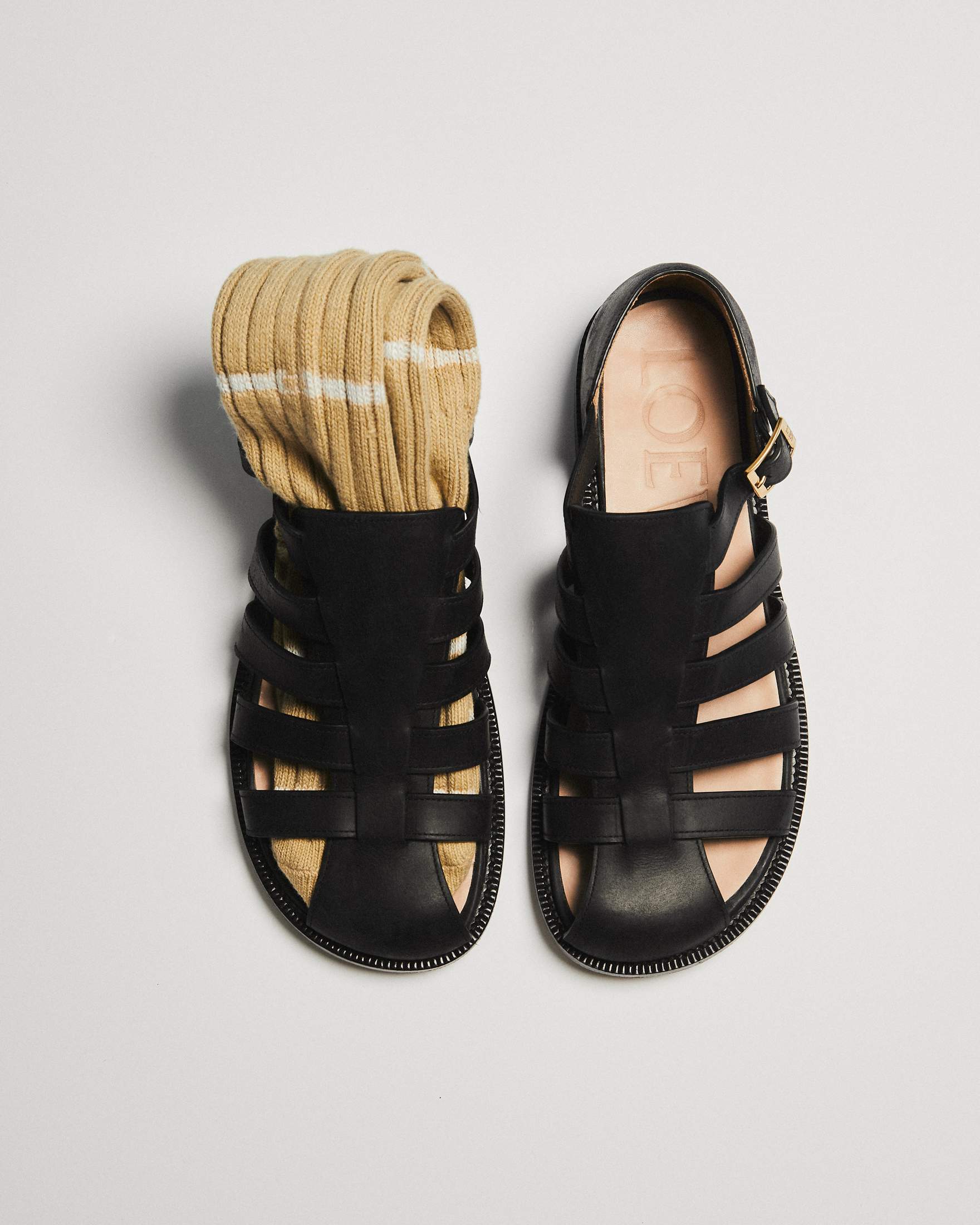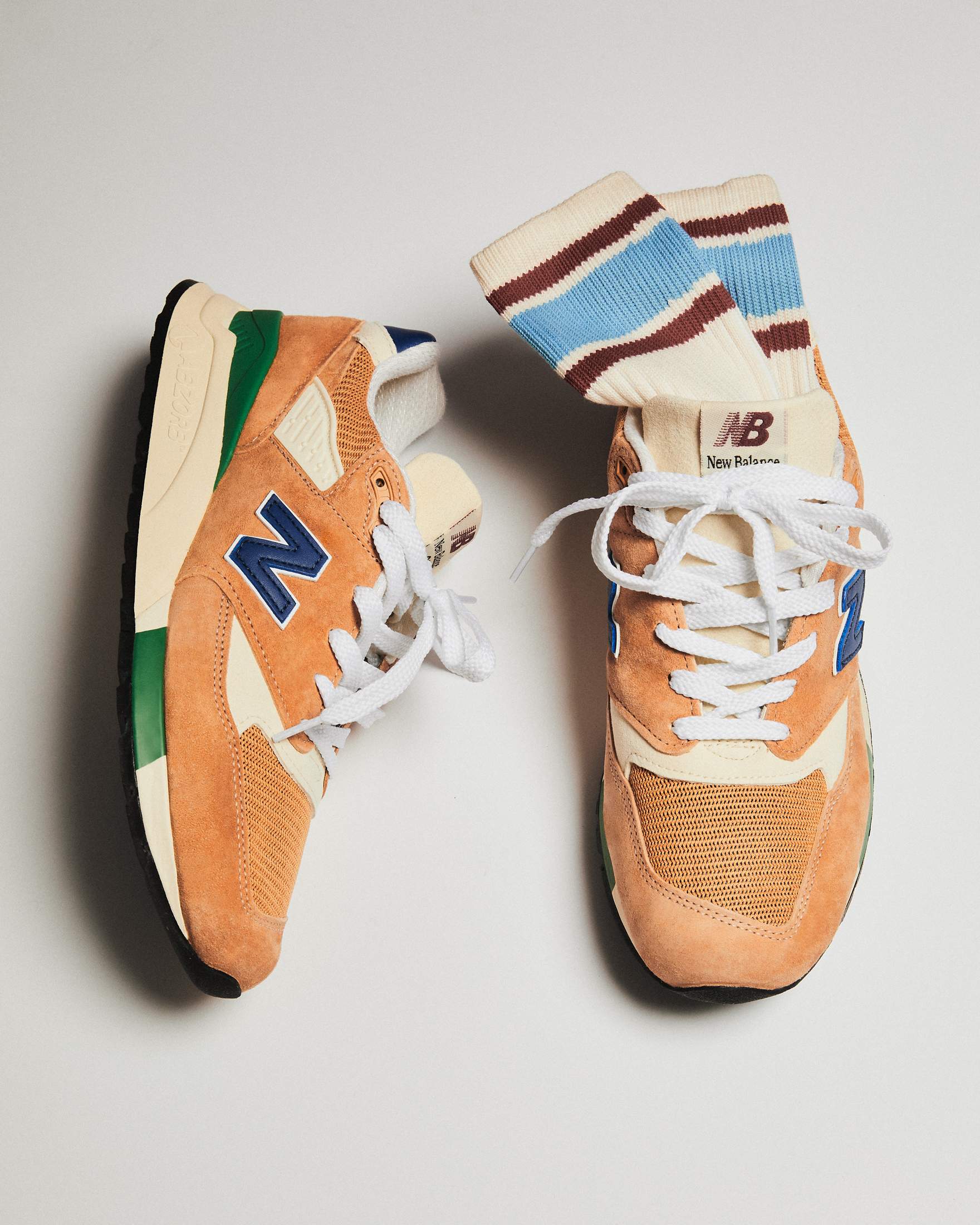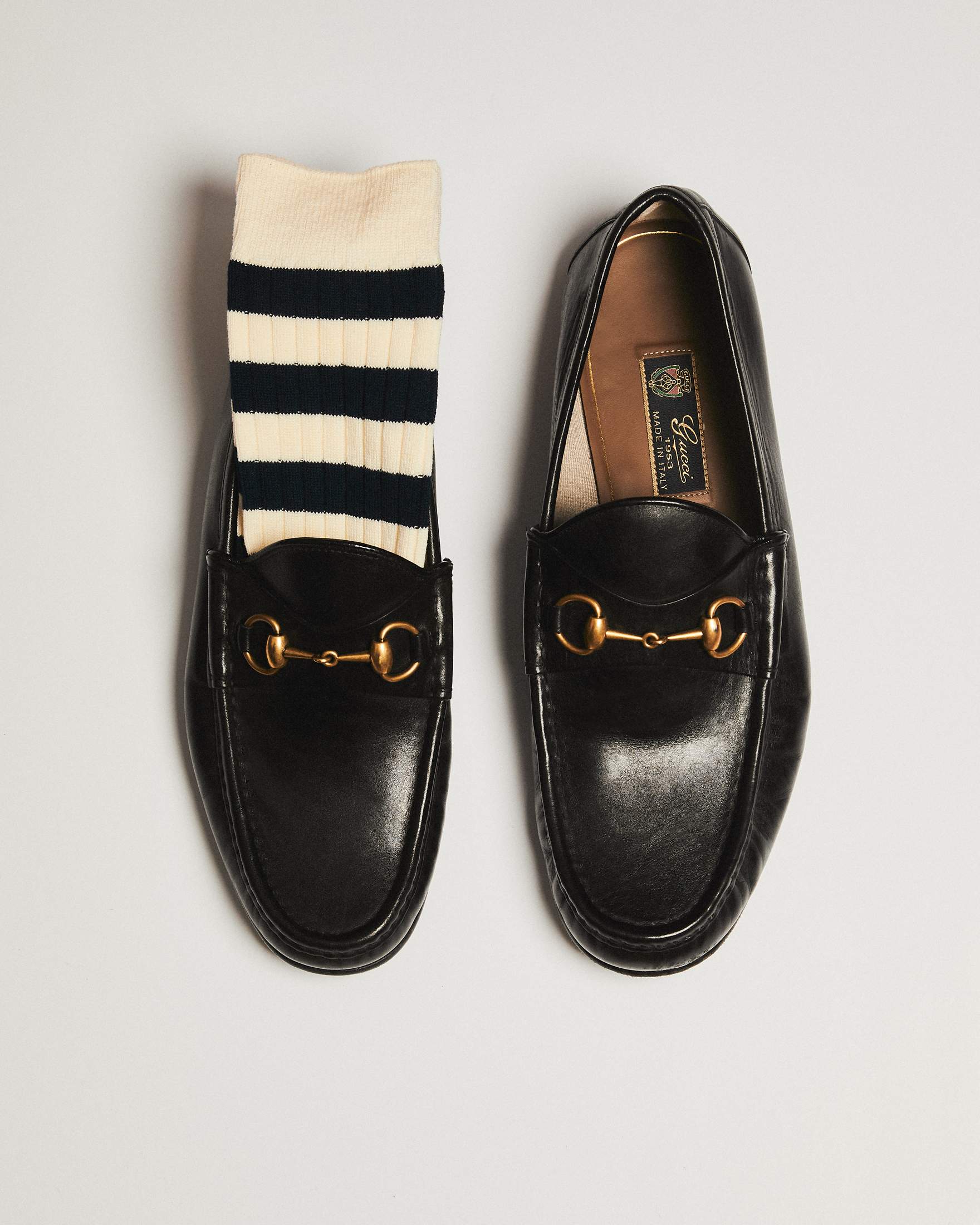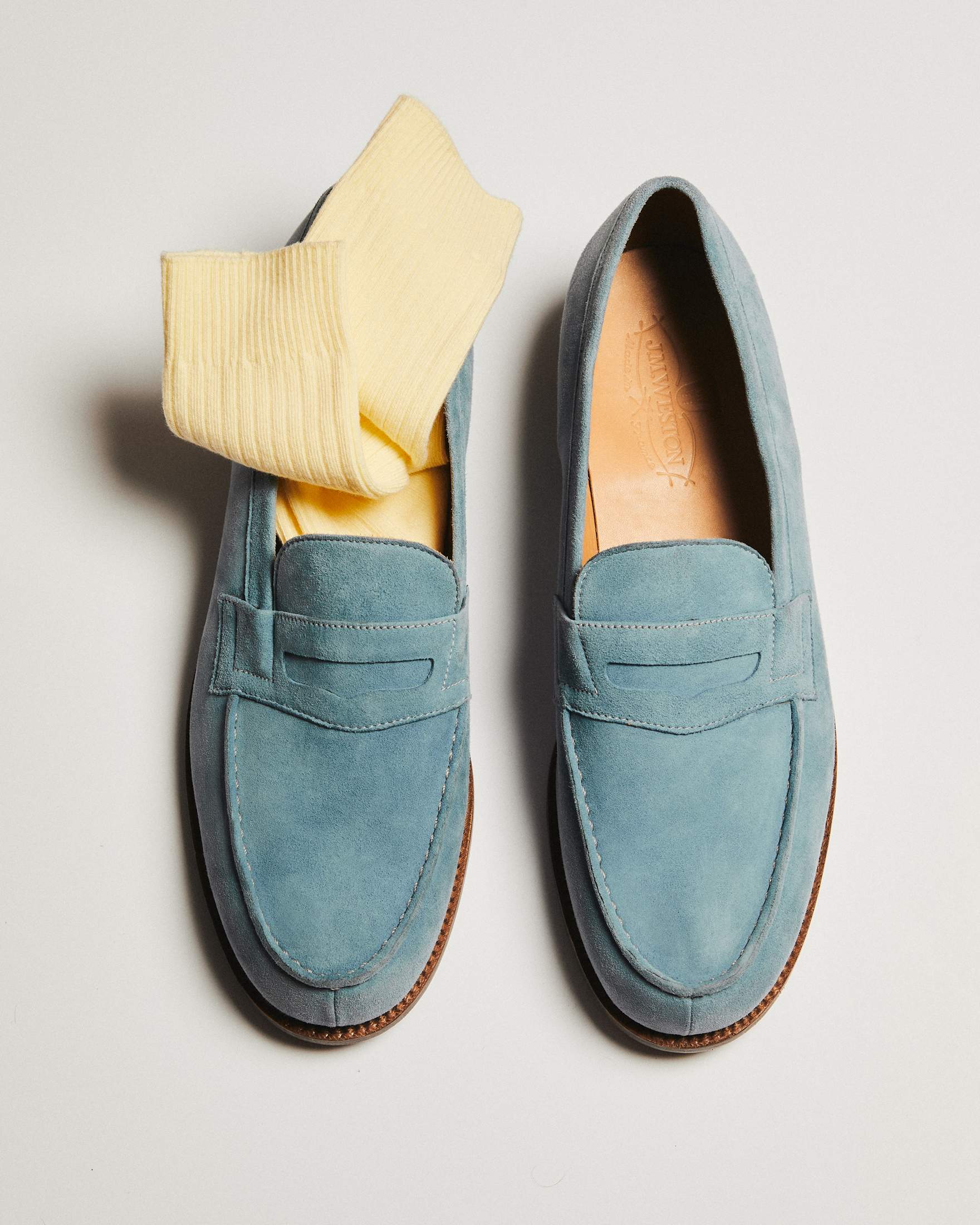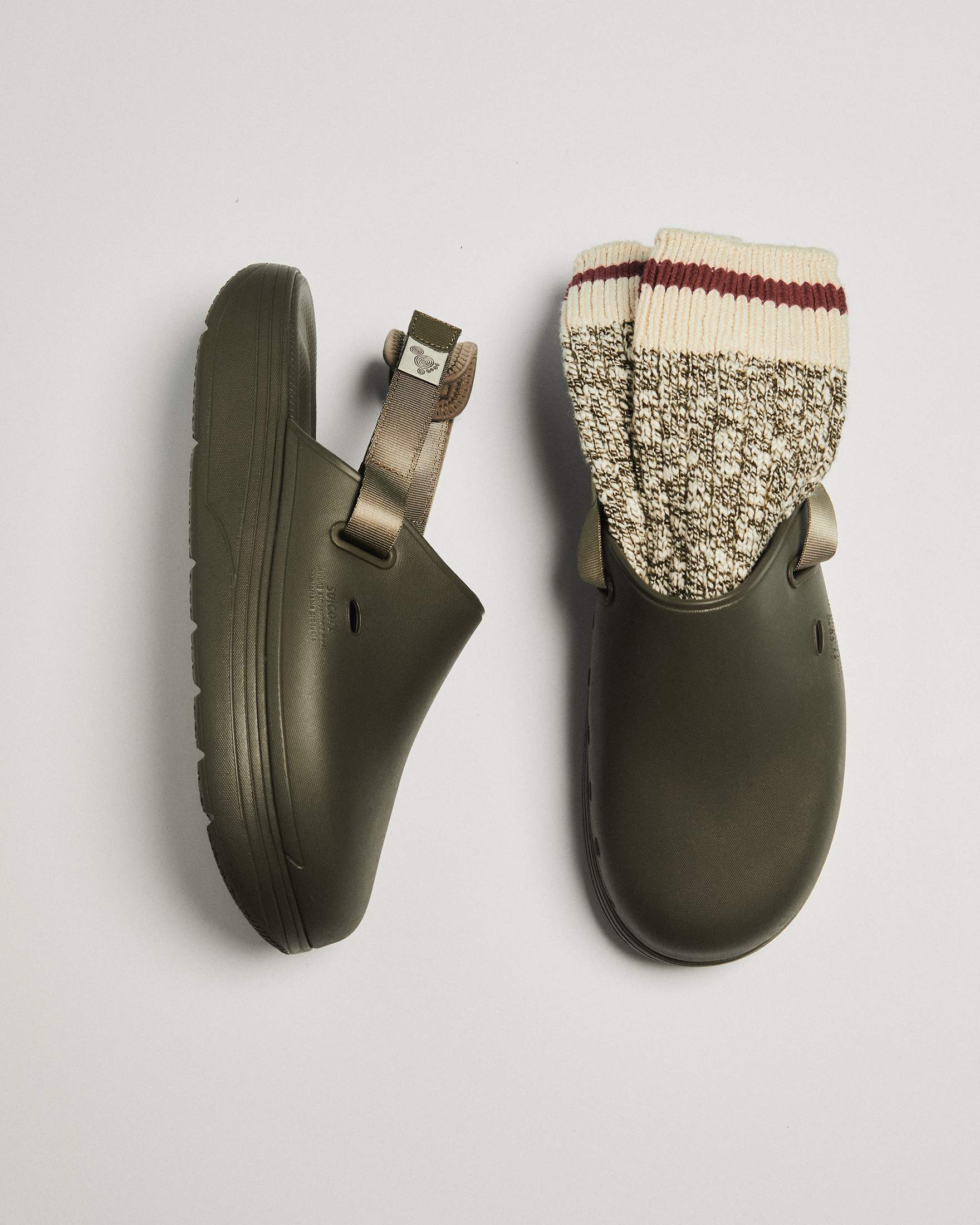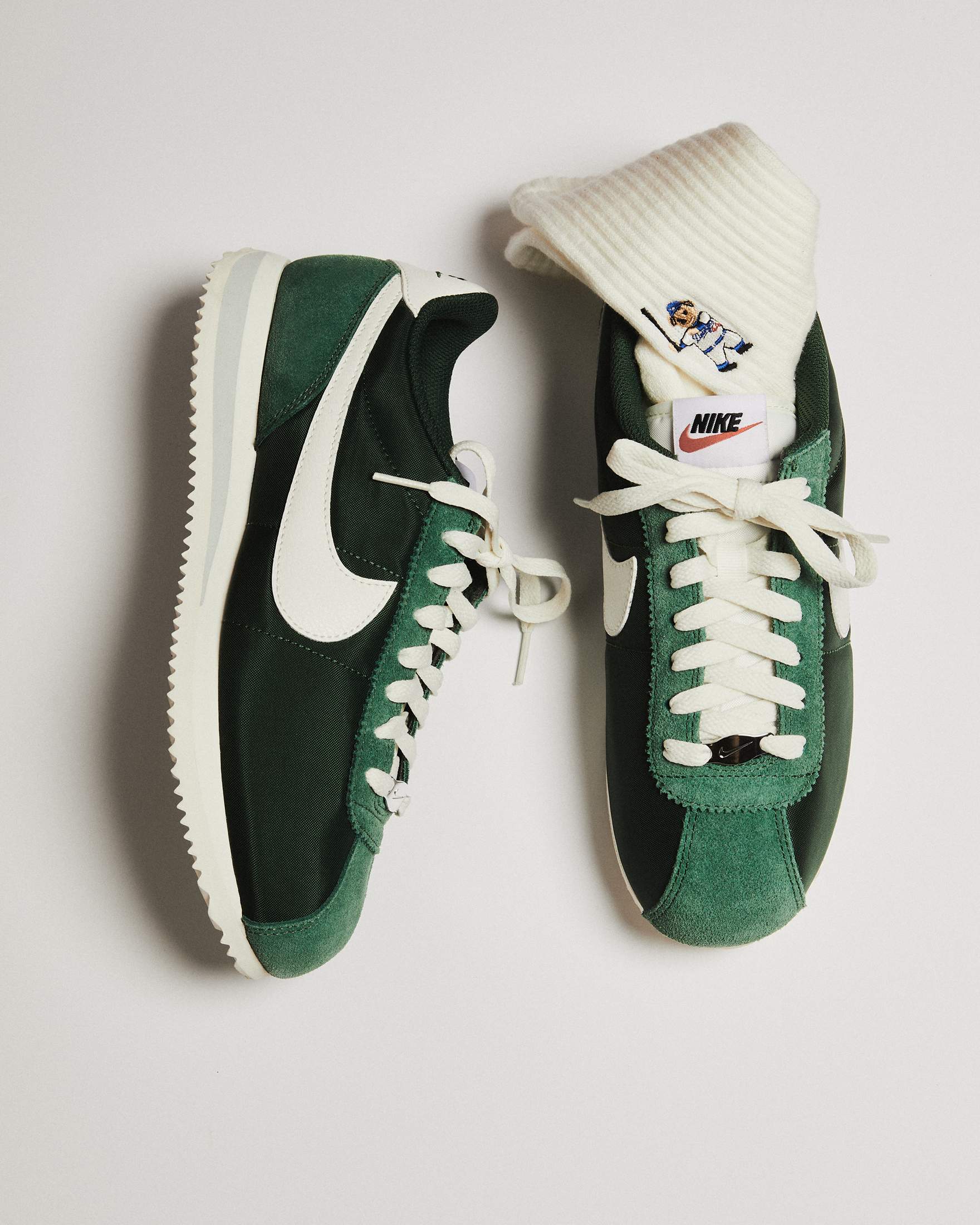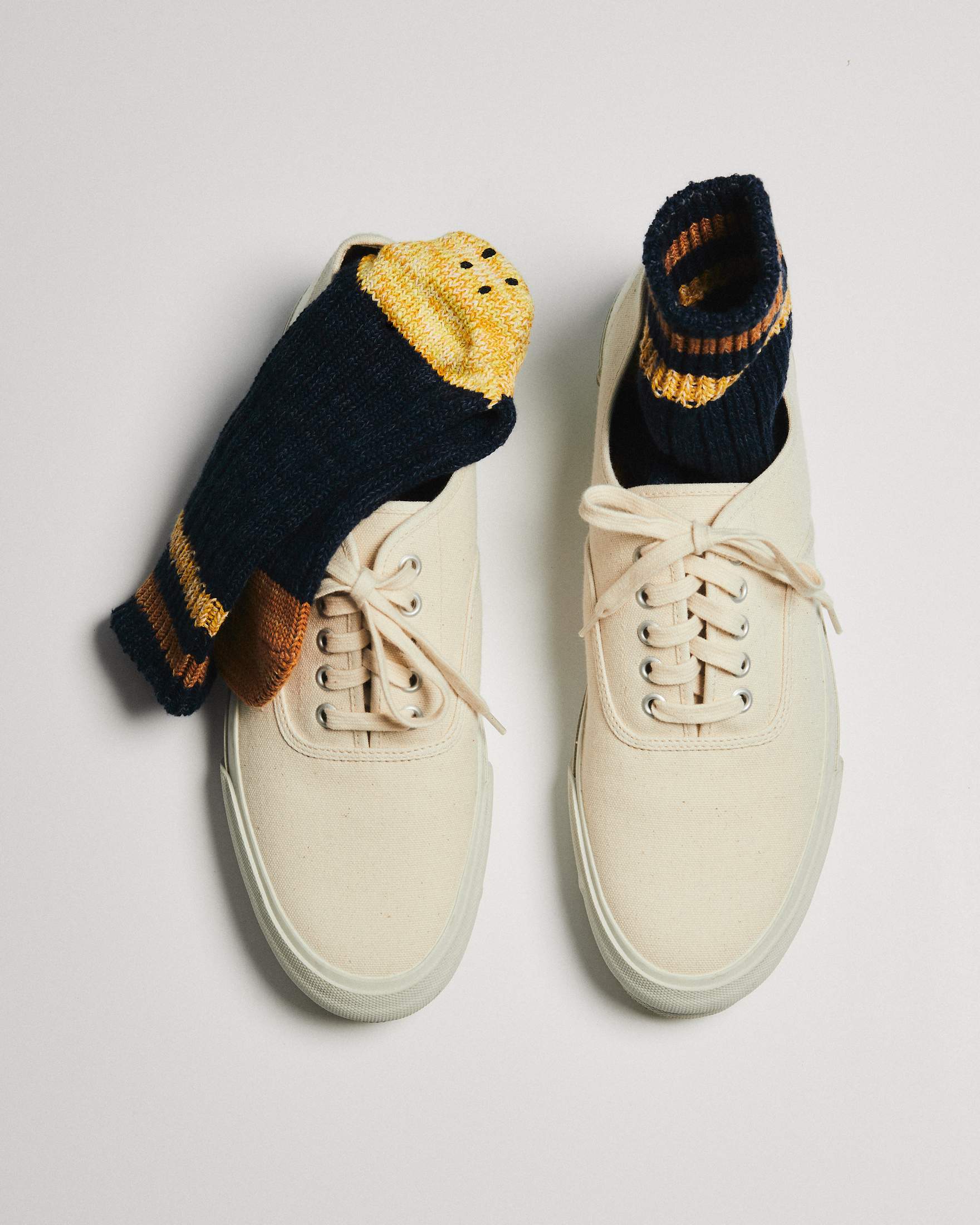Fashion: Style directory / Global
The Fashion Top 25
Ollie Adegboye /As the fashion market becomes ever-more saturated, there has never been a better time to interrogate our understanding of luxury. A focus on timelessness and quality can reshape our perspectives and cut through the noise. We have scoured the globe to bring together the makers, designers and retailers that stand out by turning the spotlight on personal style, investing in craft and using fashion as a tool to start bigger conversations.
1
History in the making
Alex Eagle X Lavenham, UK
Based in both Oxfordshire and London, Alex Eagle is the creative force behind popular Soho boutique Alex Eagle Studio, a retailer of fashion, furniture and interiors. Eagle stocks familiar luxury names but also designs her own collections under the banner Alex Eagle Studio and its more casual sibling, Alex Eagle Sporting Club. To keep her offer fresh, she works with specialist labels, the latest being British heritage brand Lavenham. “Lavenham is quintessentially British and a specialist in quilted jackets,” says Eagle. “We focused on using the highest quality fabrics and finishes.”
alexeagle.com
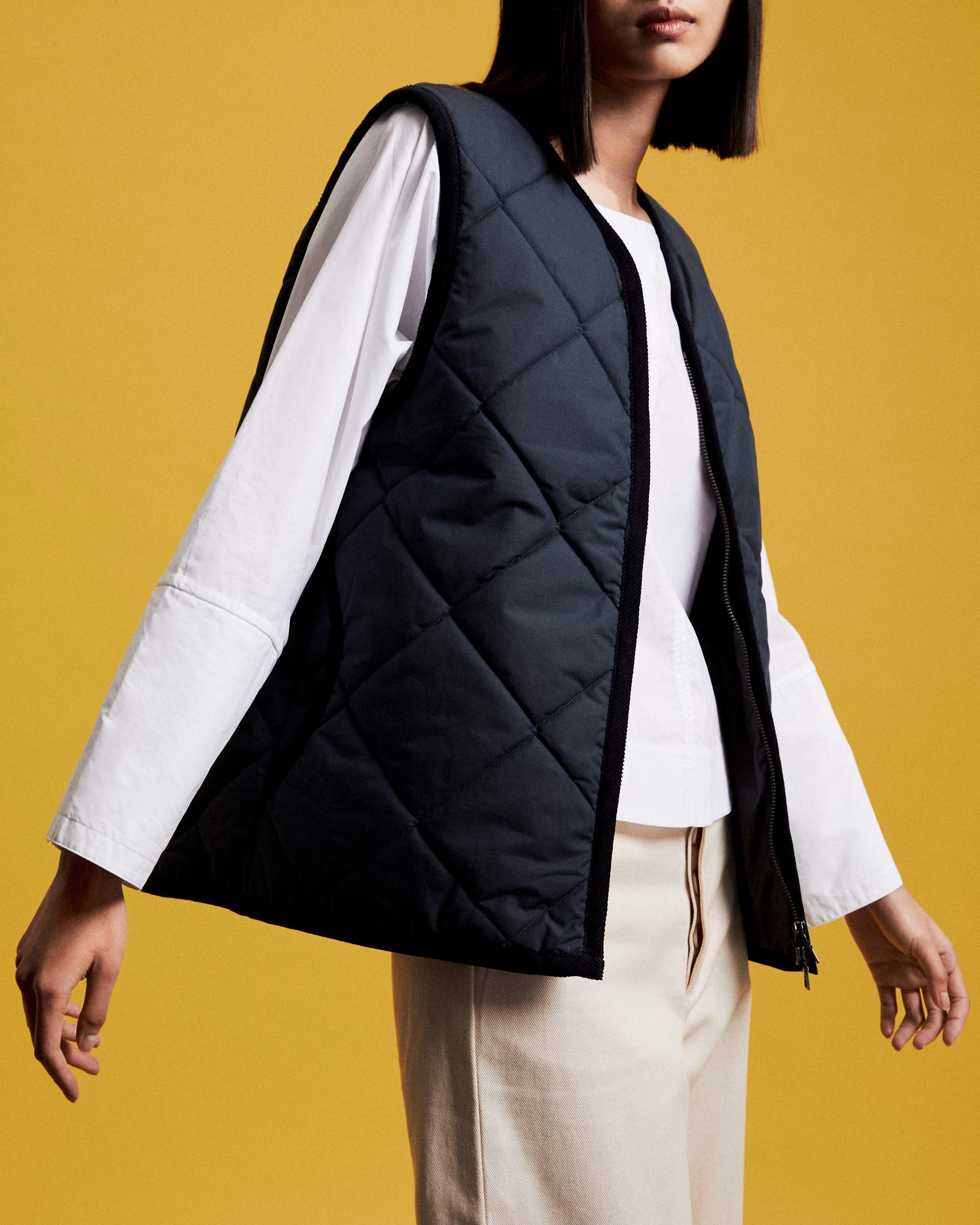
2
Solar flair
La Paz 3 Lunettes Alf, Portugal & France
Portuguese brand La Paz and France’s Lunettes Alf have teamed up for a line of sunglasses to mark the start of spring. The line was inspired by vintage snow-explorer glasses, according to La Paz co-founder José Miguel de Abreu. “We were amazed by the high quality of Alf’s materials,” says de Abreu. “The frames are made in France with Japanese acetate, riveted hinges and mineral lenses that darken when exposed to sunlight. It’s classic with a contemporary twist.”
lapaz.pt;lunettes-alf.com
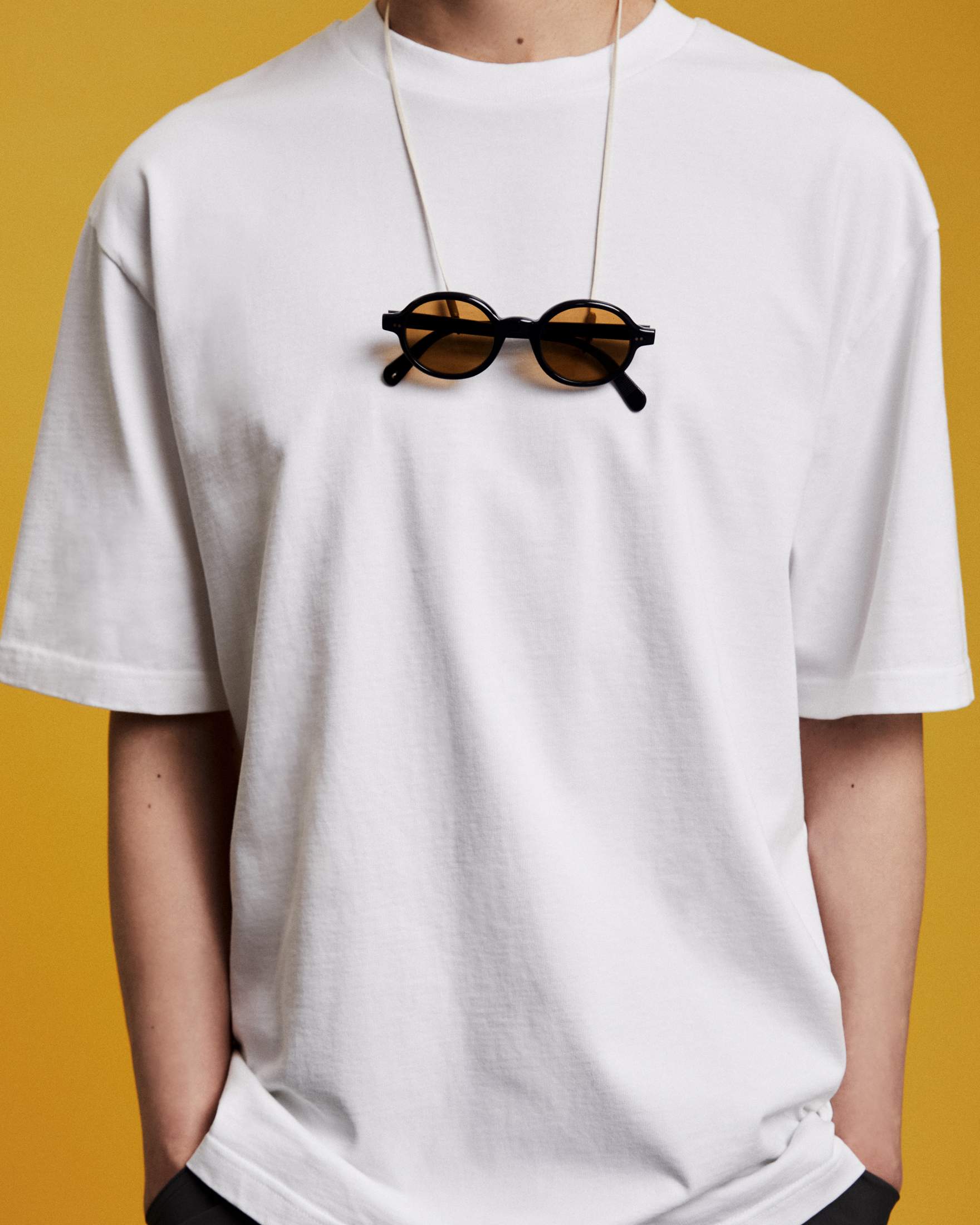
3
Physical space
Ciele Athletics, Canada
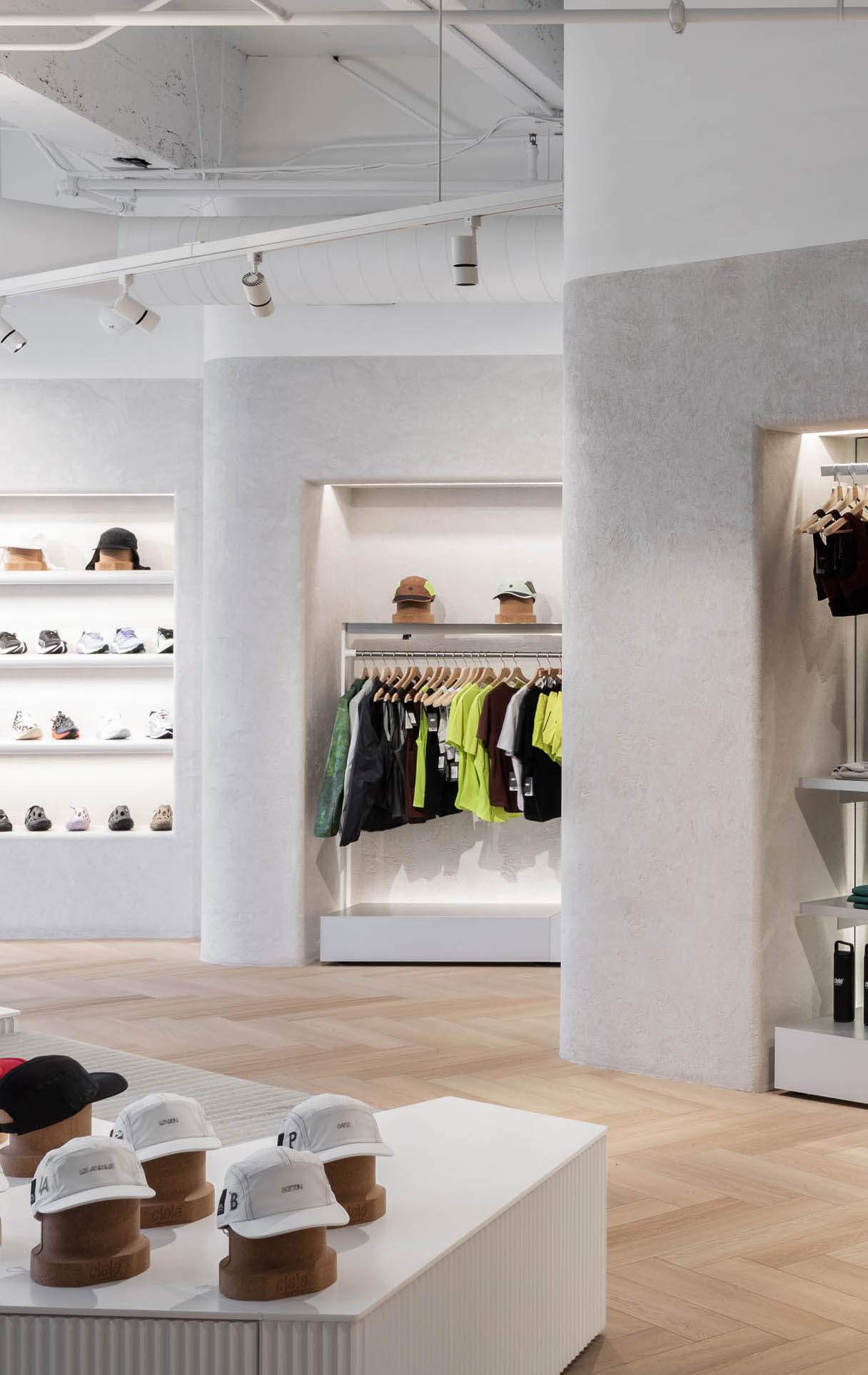
A decade ago, designers Mike Giles and Jeremy Bresnen launched Montréal-based cycling and sports apparel brand Ciele, known for its colourful technical headwear favoured by the city’s cyclists and runners. Now Ciele has opened its first flagship in the Griffintown neighbourhood. The vast space was designed by mrdk and serves several functions: there’s a warm-up area and locker rooms for members of its in-house running club, office and design studios, and a retail space stocking Ciele’s first clothing line. Giles and Bresnen tell monocle more.
What did the opening of Ciele’s first shop add to the business?
Jeremy Bresnen: The idea of creating a physical space, where people can roll into, meet up and find out what races are happening, felt essential to us.
Mike Giles: It has created a real sense of community. We probably have between 200 and 300 runners in the space on a weekly basis. We host events, movie screenings, product launches.
How did you approach its design?
JB: We wanted this to feel luxurious, warm and inviting. We chose a mosaic entrance that was based on a pattern by one of our artists – a beautiful thing that can’t be replicated.
Is it important that every part of the brand is now under one roof?
MG: You come in in the morning, see everyone and get a better sense of the part that you play in the company.
cieleathletics.com
4
Formal approval
Dior Homme, France

Dior Homme is doubling down on tailoring, with a new capsule collection that will become part of the label’s permanent line-up. The range celebrates the return of formality, with eveningwear pieces rendered in dandy-esque velvet and silk, as well as looser blazers and chinos in signature Dior colours, such as pewter grey and sky blue, which are more suitable for wearing in the day.
Kim Jones, creative director of Dior Homme, looked to the label’s founder, Christian Dior, for inspiration. Dior was known for always wearing an elegant, slim suit to work and he constructed the famous Bar Jacket (a tailored, hourglass style for women) after the Second World War. Jones has often looked to the Dior archives to inform his menswear designs and he launched this capsule to further highlight the house’s rich heritage in tailoring.
Look out for intricate details in the collection, from the subtle curves on the sleeves of double-breasted jackets to the buttons that resemble the ones on the original Bar Jacket.
dior.com
5
Labour of love
La Blouse de Lyon, France
La Blouse de Lyon’s Prussian-blue shopfront on Rue Gérando in Paris’s 9th arrondissement offers a subtle clue as to what you will find inside. The deep pigment has long been a symbol of workwear, the type of clothing that this small boutique has specialised in for decades. Ever since it opened in 1937, city carpenters, mechanics and gardeners have been coming here to stock up on hard-wearing overalls, aprons, berets and worker’s jackets.
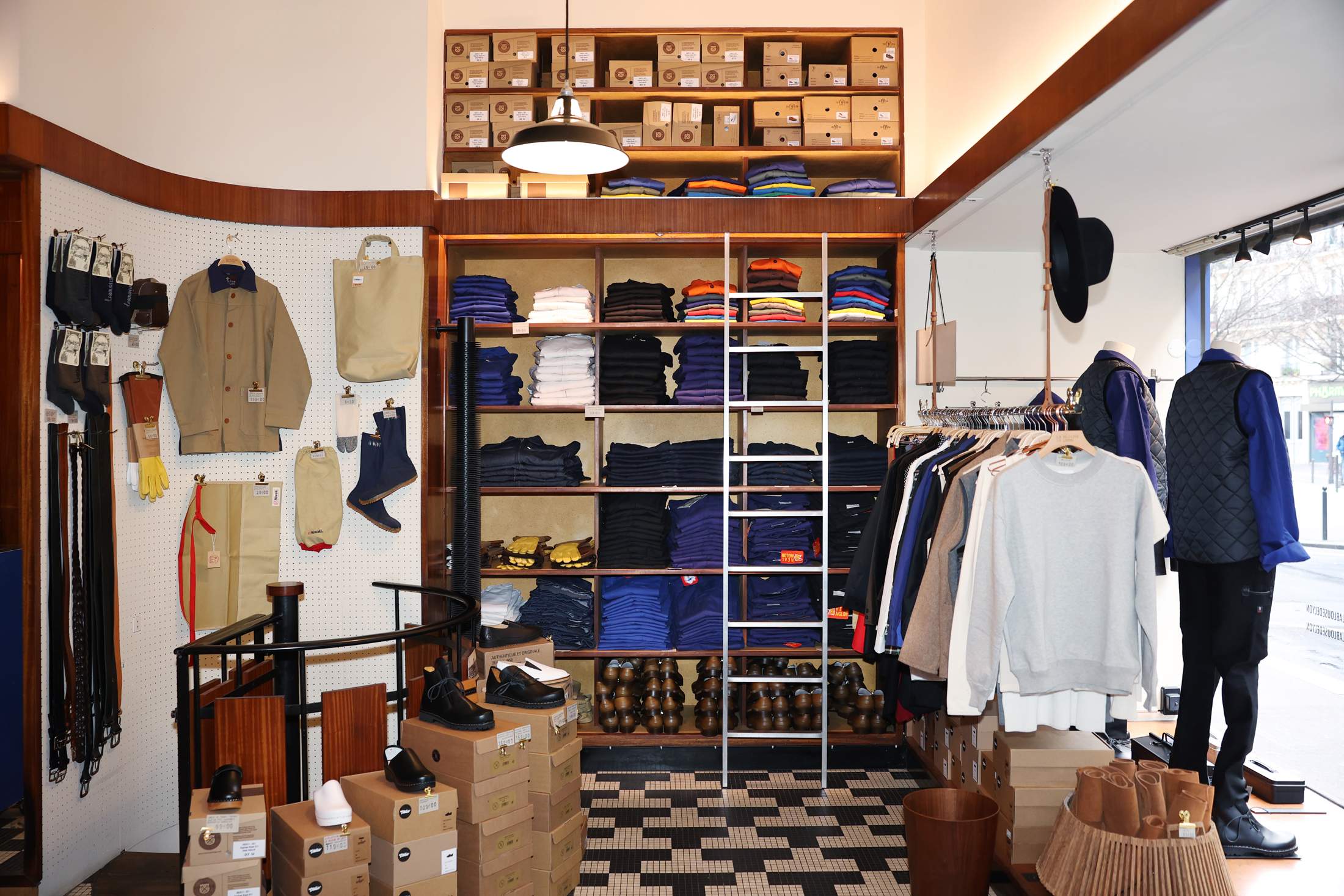
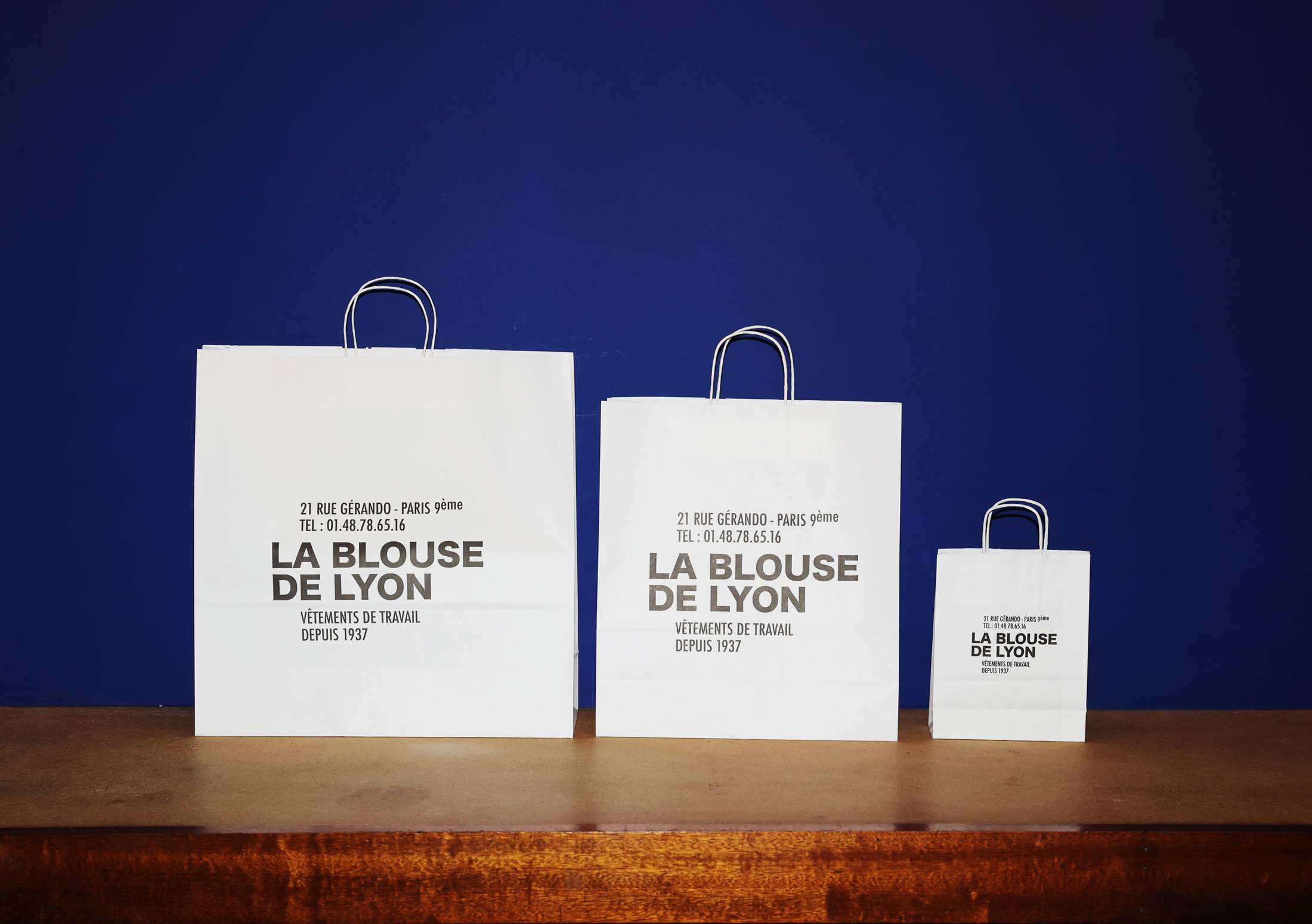
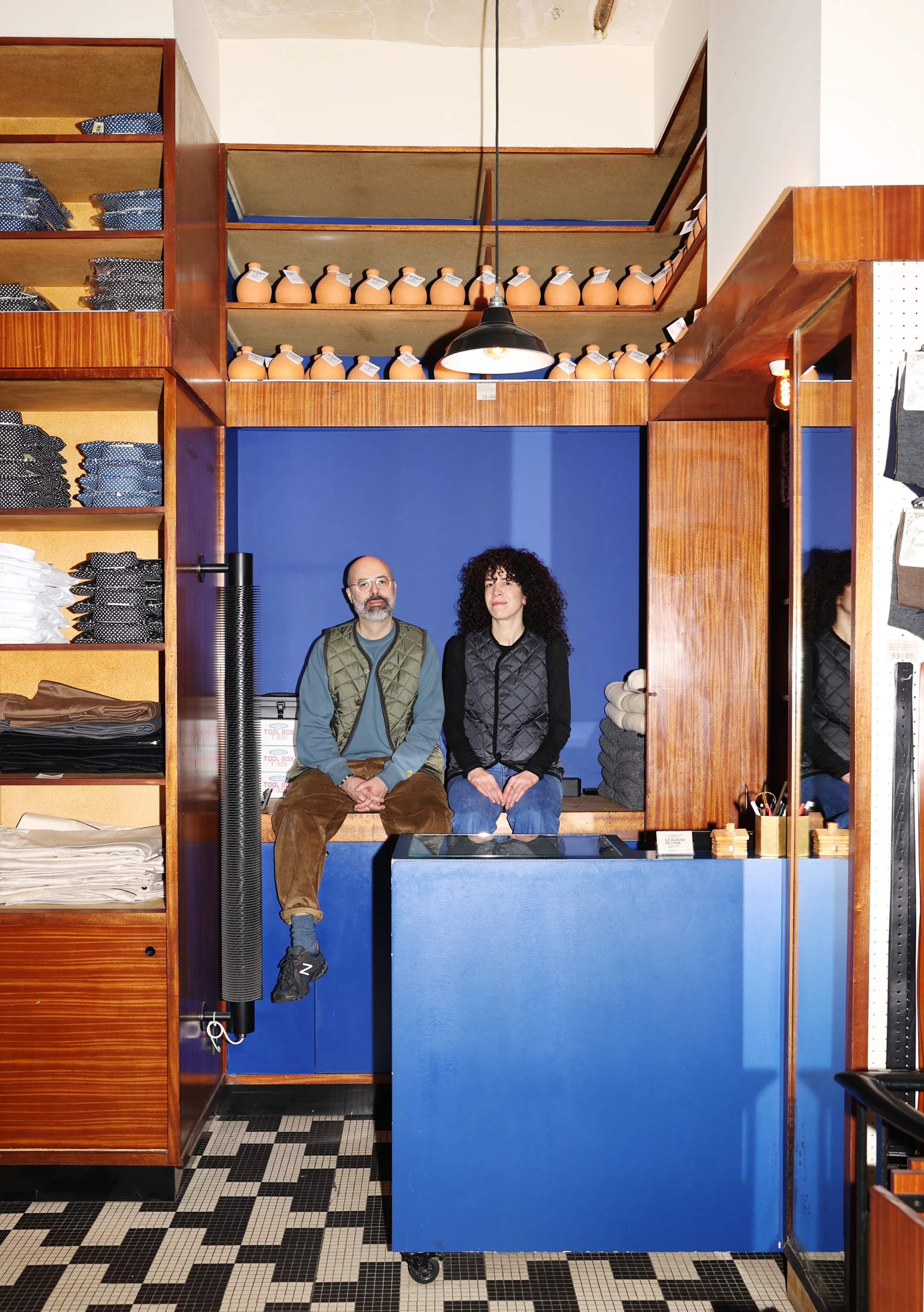
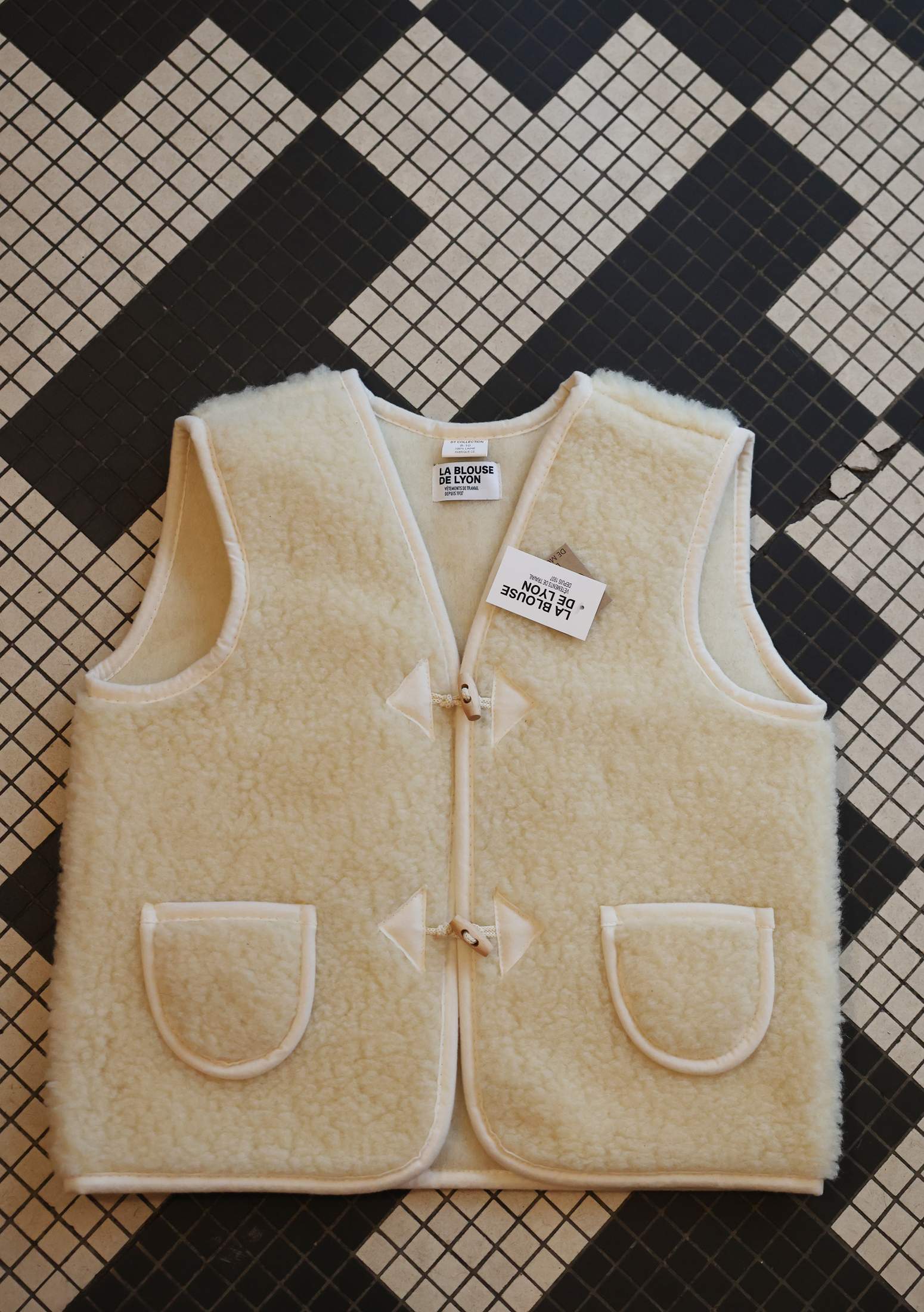
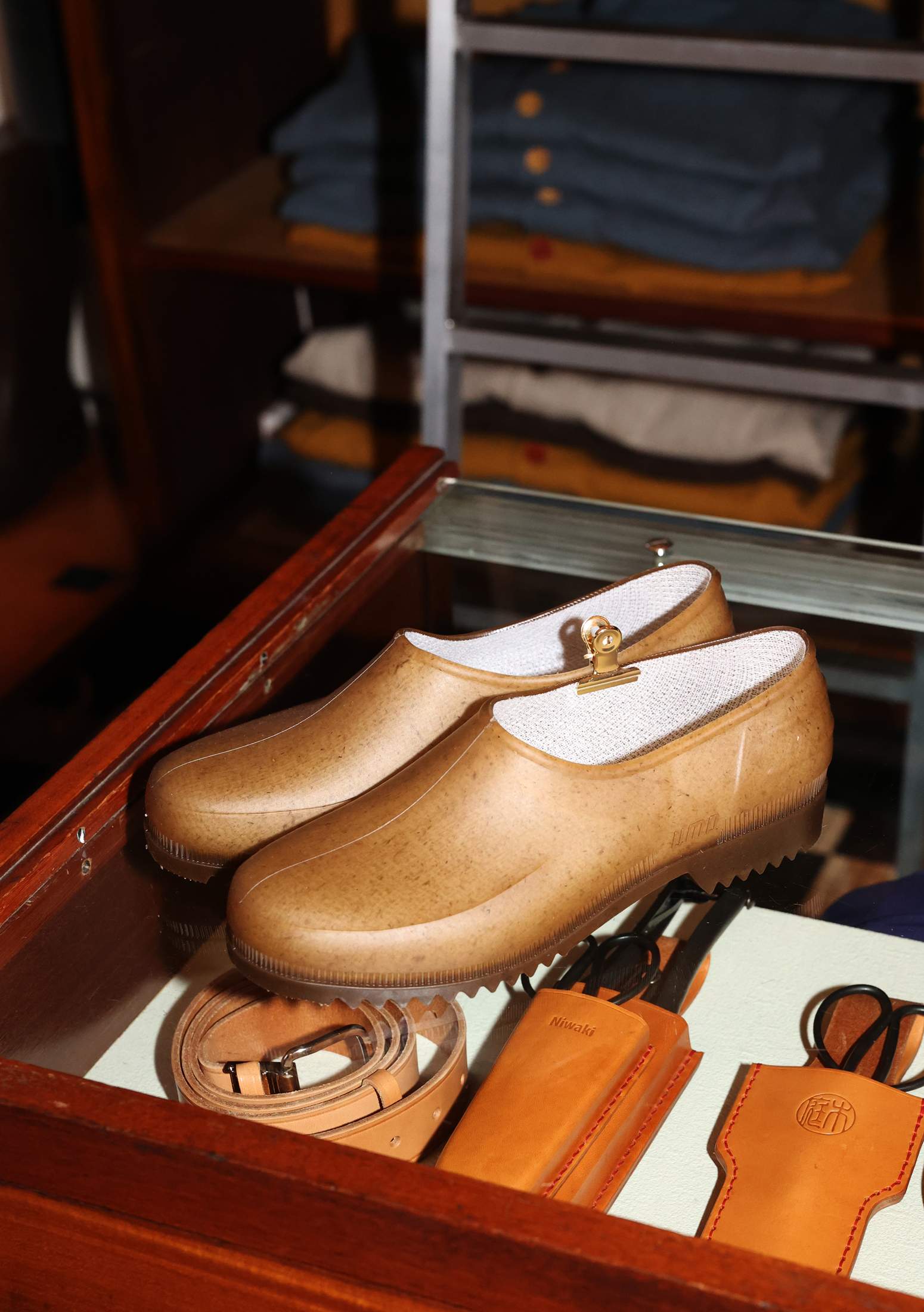
Though the shop has changed hands over the years, its dedication to offering the best in workwear remains undiminished. Gwendoline van Opstal and her partner, Nicolas le Jeune, are the current owners, having taken over the boutique in 2019. While preserving the soul of the place, they have expanded its range by sourcing from manufacturers globally. A well-stocked inventory includes shirts by German brand fhb, pruning shears by Japanese gardening specialist Niwaki and clogs by Sweden’s Troëntorp. “We have identified a new category of clients that I would call ‘new artisans’: natural-winegrowers, farmers who work in sustainable agriculture, cheesemakers or chefs searching for meaning in what they do,” says Van Opstal. “They are the people we dress.”
lablousedelyon.com
6
Great lengths
Man on the Boon, South Korea
South Korean clothier Man on the Boon has been helping men upgrade their wardrobes since 2011. Today the retailer has refined its strategy to reflect shifting tastes, stocking relaxed yet handsome pieces that work both on and off duty. “Customers want to know how long a piece will last,” says Rick Hwang, general merchandising manager at Shinsegae International, the fashion house in charge of the franchise. “Impulsive purchasing is out.” The retailer is working with Italian manufacturer Maglificio Gran Sasso to create high-quality pullovers, polo shirts and turtlenecks, suitable for easy layering. Further investment in bricks-and-mortar retail is also on the agenda, with a new flagship set to open in Cheongdam soon.
boontheshop.com
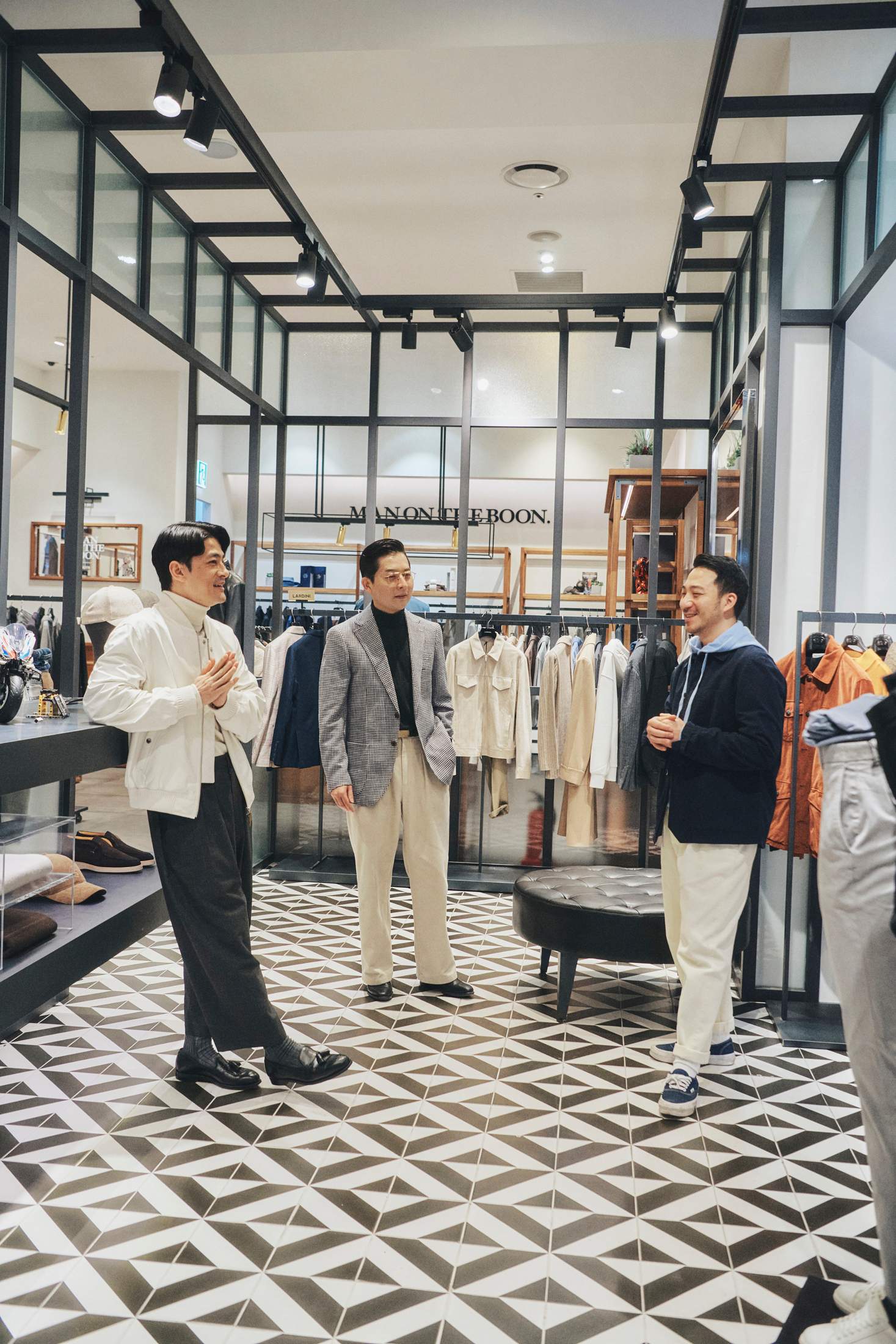
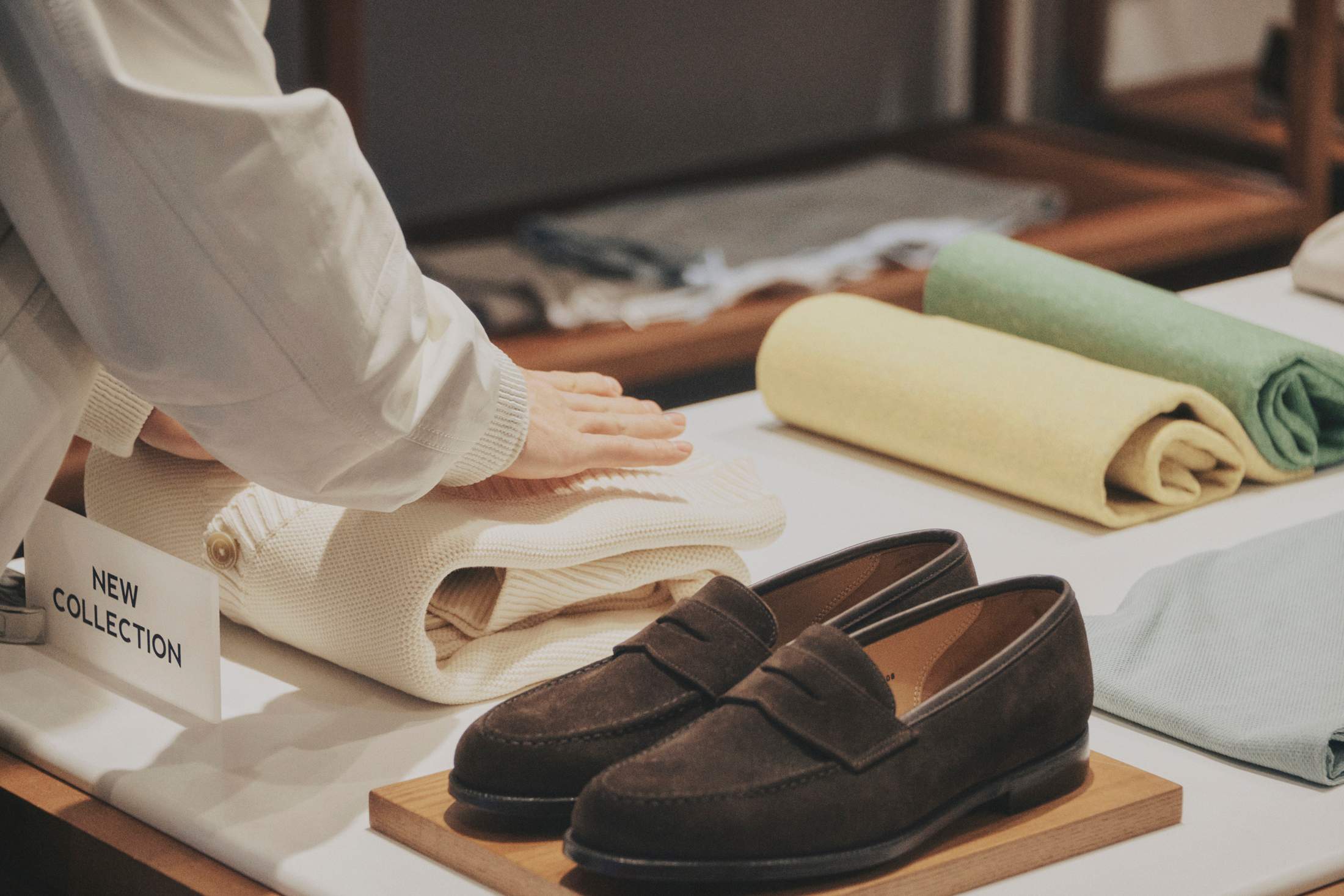
7
Unity of purpose
Labrum, UK
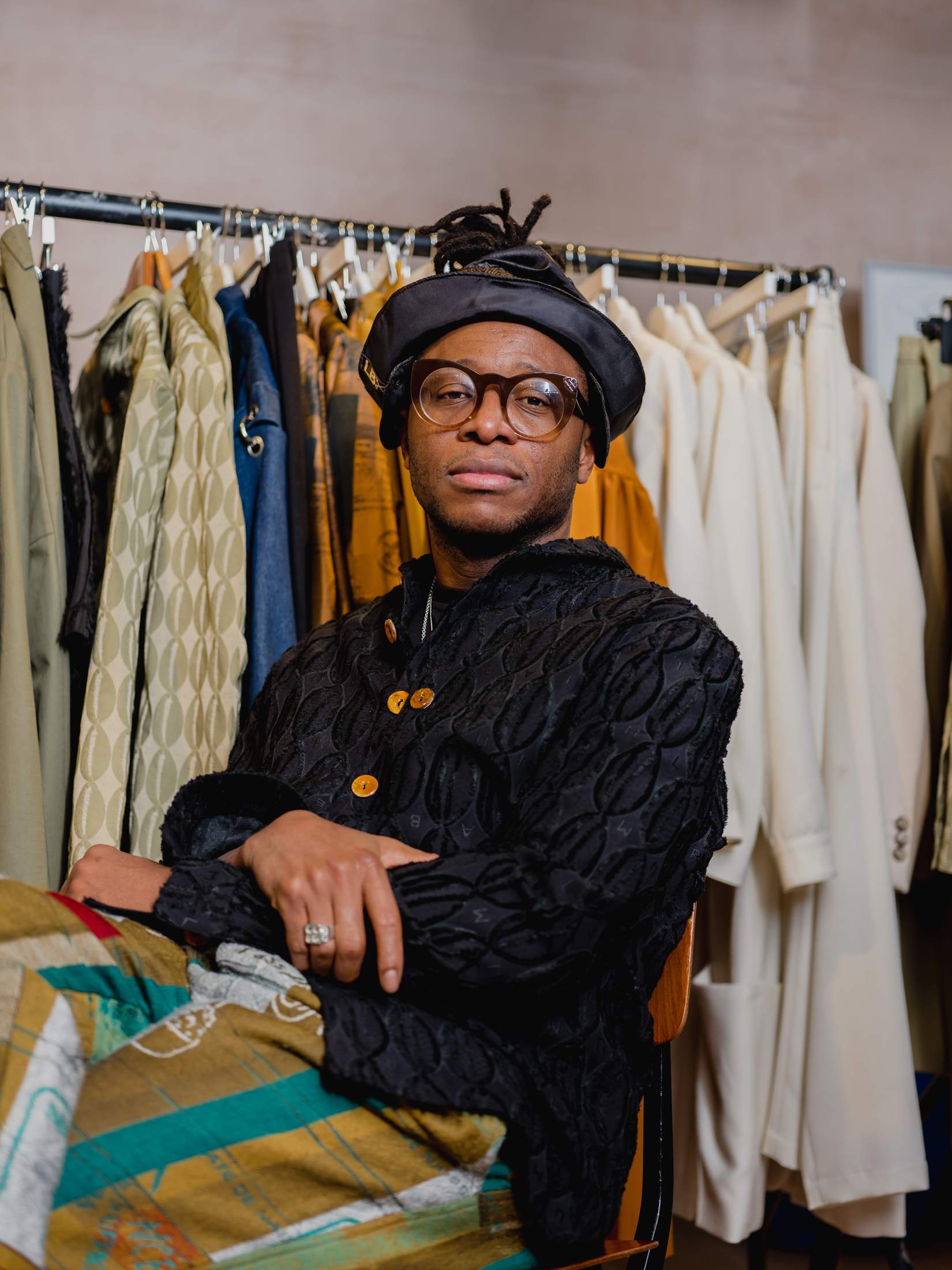
London-based designer Foday Dumbuya stands out in the world of menswear for his ability to merge traditional British tailoring and West African design, instilled in him during his early childhood in Sierra Leone. Here, he talks to monocle about the power of purposeful clothing.
How have you been utilising fashion’s soft power?
When you bring two cultures together, it ignites a conversation and helps to empower communities. We collaborate with artisans and designers from West Africa as well as British tailors. By mixing their skill sets, there is opportunity for exchange. I brought designers from Sierra Leone over to London to look at how the designers work here, how we create patterns. This cross-cultural conversation is crucial today because it promotes diversity and innovation.
Tell us about exploring the issue of migration through your work.
Migration has been the theme of the brand for a decade. How do people accept each other? We’re not talking about fantasy, these are people’s real life stories. How do people move 5,000 miles away from home to start a new life and embed a new culture within their own heritage? We look at what is currently happening in the world and what needs to be highlighted. I want to push this in a mainstream [context] because when I was growing up, it was difficult to be African and proud of it.
How has London influenced you and your designs?
Every day I walk out of my studio and I am inspired by the people and their dress codes. My aesthetic is rooted in time-honoured techniques and stories that people connect with here.
labrumlondon.com
8
Reinventing the feel
Loro Piana, Italy

This spring, Loro Piana is launching a new fabric, denim silk, to create the world’s most luxurious jeans. The innovation is part of a collaboration between Loro Piana’s in-house artisans, based in Piedmont, and denim-manufacturing experts from Japan. The result is a featherlight material, made up of 59 per cent cotton and 41 per cent silk, that was used to create five-pocket straight-cut jeans and collarless, double-breasted jackets.
The idea was to combine the comfort of traditional denim with the elegant draping of silk. “By introducing silk into denim, Loro Piana aims to redefine the boundaries of denim,” says Alessandra Varianini, the brand’s product development and collection merch director. “It is elevated beyond its casual image to a fabric of exquisite refinement and luxury.” She explains that it can take up to a day to produce a mere 50 metres of denim silk, given the complexities involved.
According to Varianini, the launch of denim silk reflects Loro Piana’s determination to invest in textile innovation. “We’re committed to research, excellence and innovation in textile craft,” she says.
loropiana.com
9
Pump up the volume
Bottega Veneta, Italy

Bottega Veneta’s creative director, Matthieu Blazy, has quite literally been expanding the Italian house’s range of accessories for spring 2024. Inspired by travel, he has created oversized shoulder bags and vast duffles that travellers can carry anything in, from souvenirs to newspapers and a change of clothes. We recommend this extra large tote, rendered in the brand’s signature “Intrecciato” leather, woven by a single artisan over the course of two days. The laidback, slouchy shape of the bag will fit all of your essentials while on the road. bottegaveneta.com
10
Time honoured
Watches, Global
Ties between the fashion and watch industries are becoming tighter, with luxury fashion houses making ambitious investments in the sector. Watch brands too have been opening their doors to fashion designers to renew signature models and create limited-edition items. But the beauty of a timepiece lies in its longevity and you can’t go wrong with a classic design. We have rounded up some of our favourites.
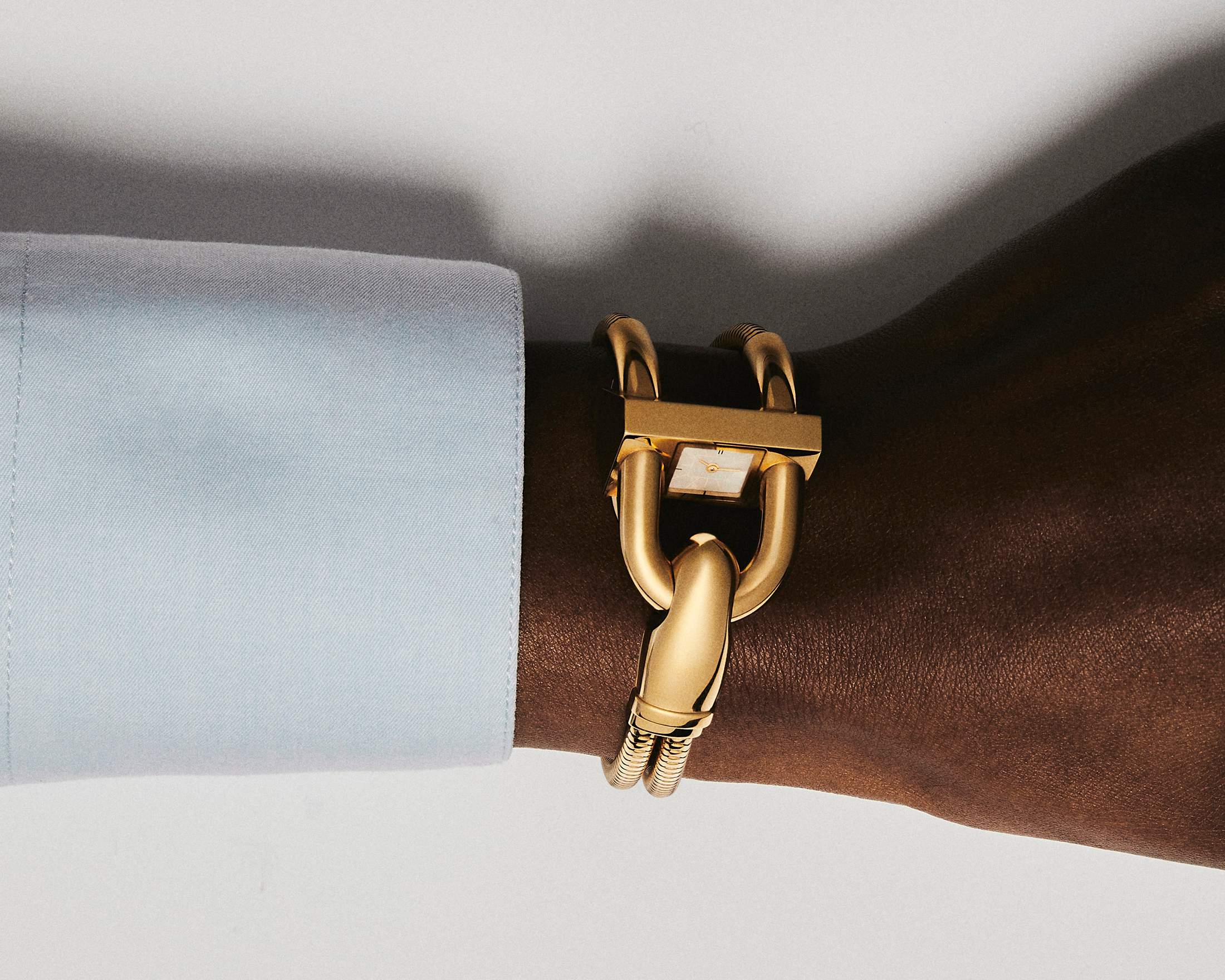
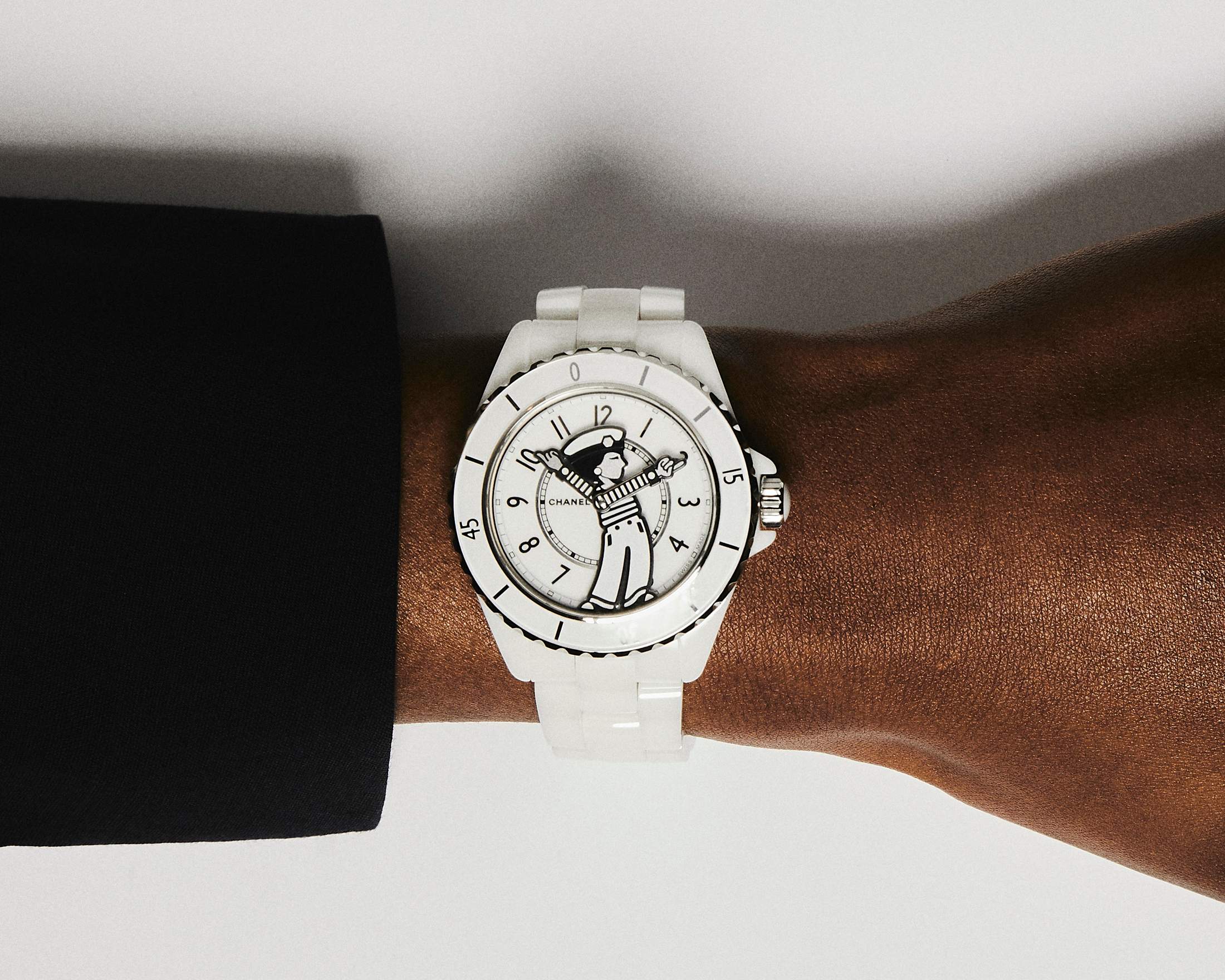
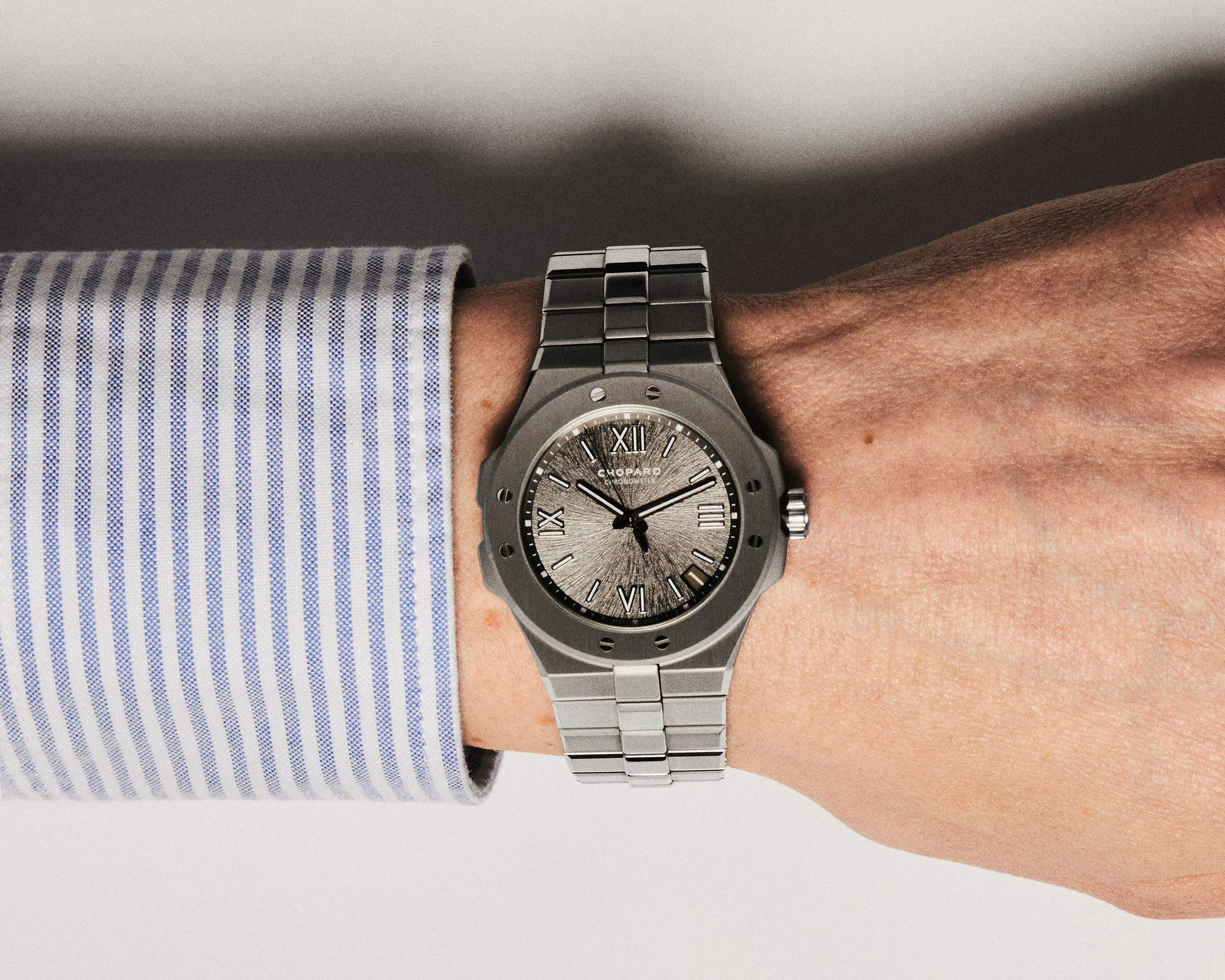

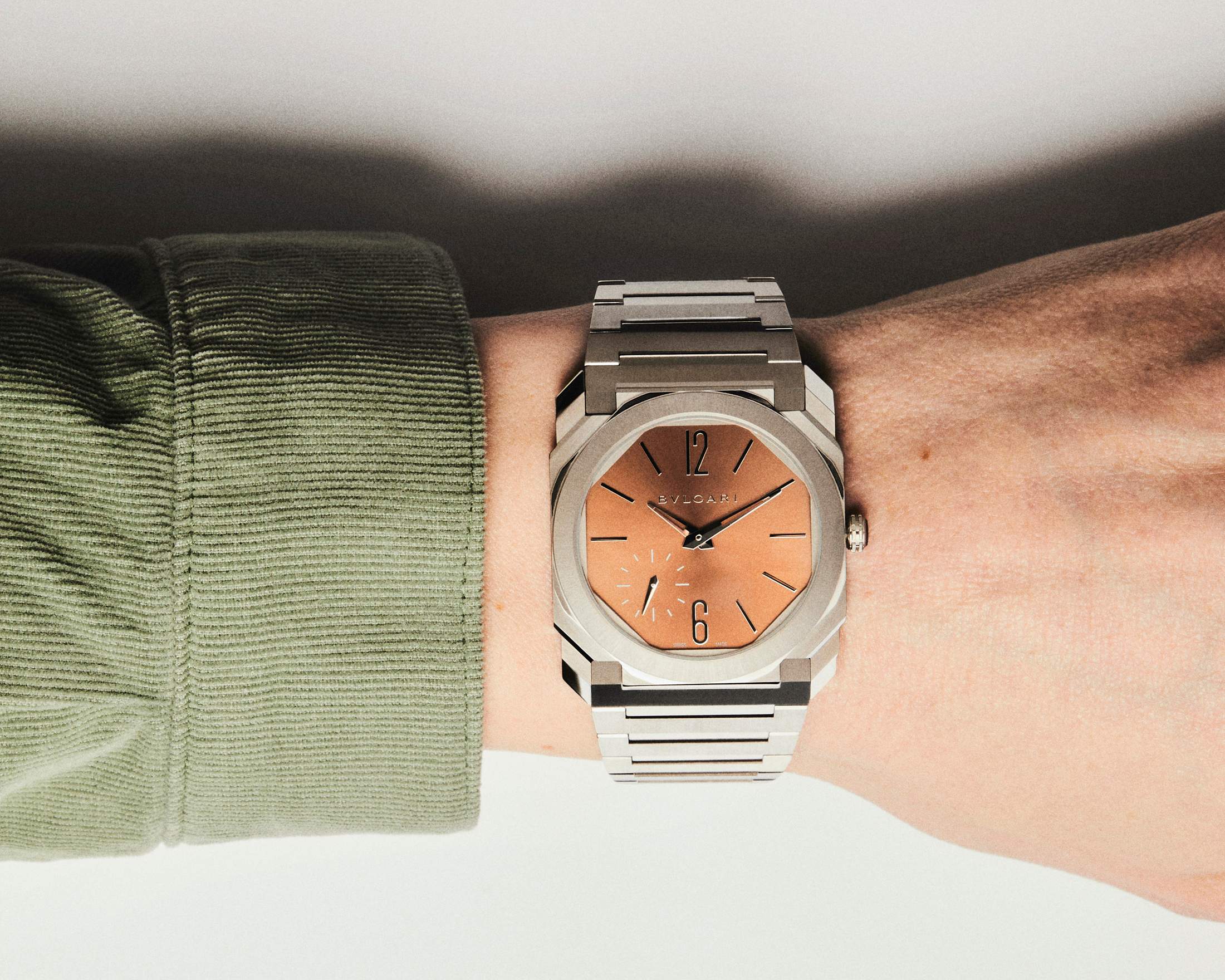
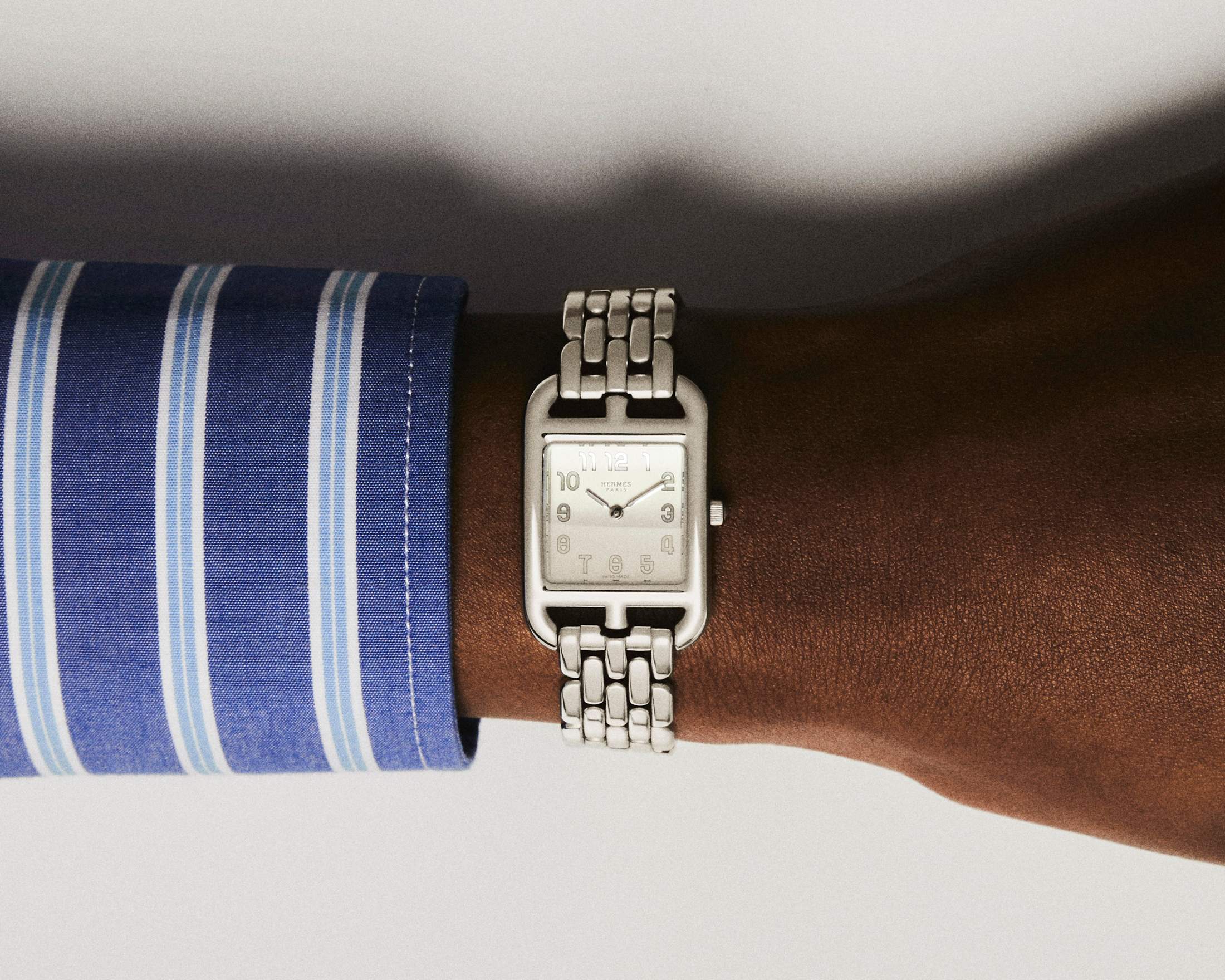

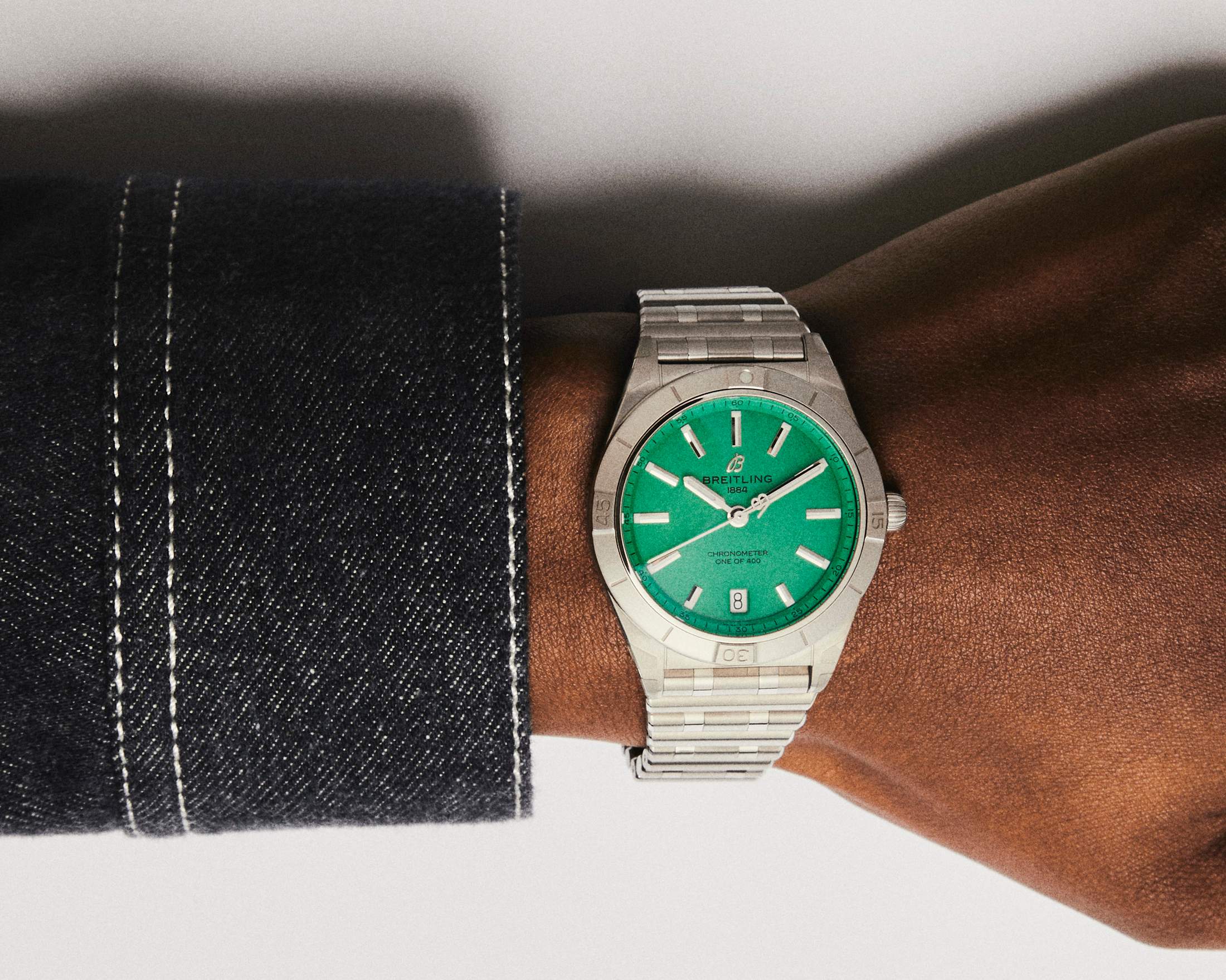

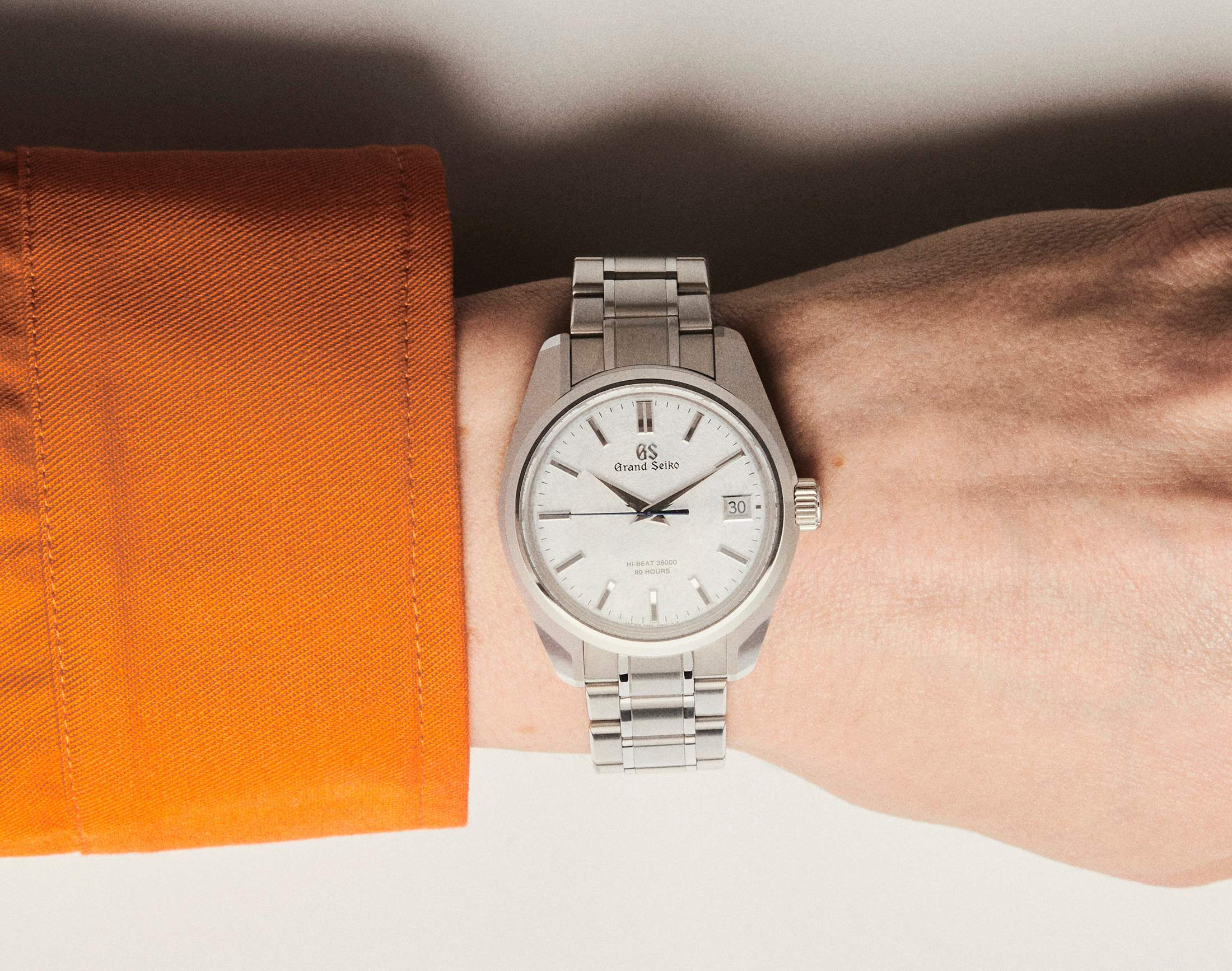
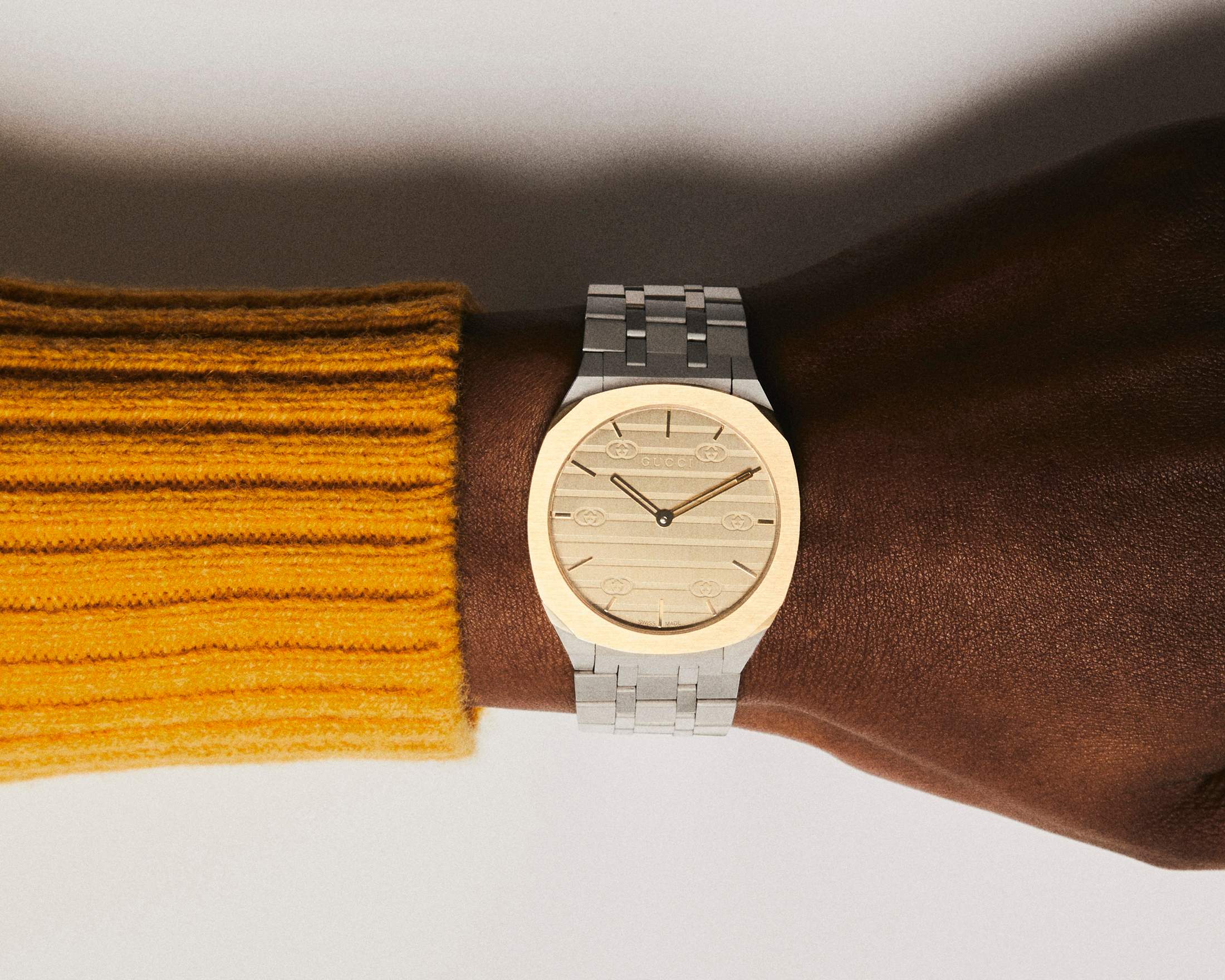
11
Connecting threads
Signal, USA
Signal is a new retail development in Los Angeles’s Arts District. It brings together several smart multi-brand shops. New York’s by-appointment showroom M5 has opened an outpost here; LA concept-shop stalwart Please Do Not Enter has also moved in, to be joined by multi-brand retailer Departamento. California bon vivants Flamingo Estate are open and there will soon be a café by Berlin’s Concierge.
Before the pandemic, this post-industrial area of LA was booming. Dover Street Market had set up shop and the presence of galleries such as Hauser & Wirth attracted a reliable, well-heeled footfall. Signal’s co-founders, Paolo Carini and Raan Parton, say that the project is tapping into the area’s potential for revival.
“There are pockets of LA with natural foot traffic,” says Parton. The site has now been reimagined by LA-based Klein Agency, with shopfronts evoking porticoes and stone lanes that run between the buildings. “Parts of LA have natural foot traffic,” says Carini. “But there hasn’t yet been a big idea to anchor many elements under one roof.”
signal-la.com
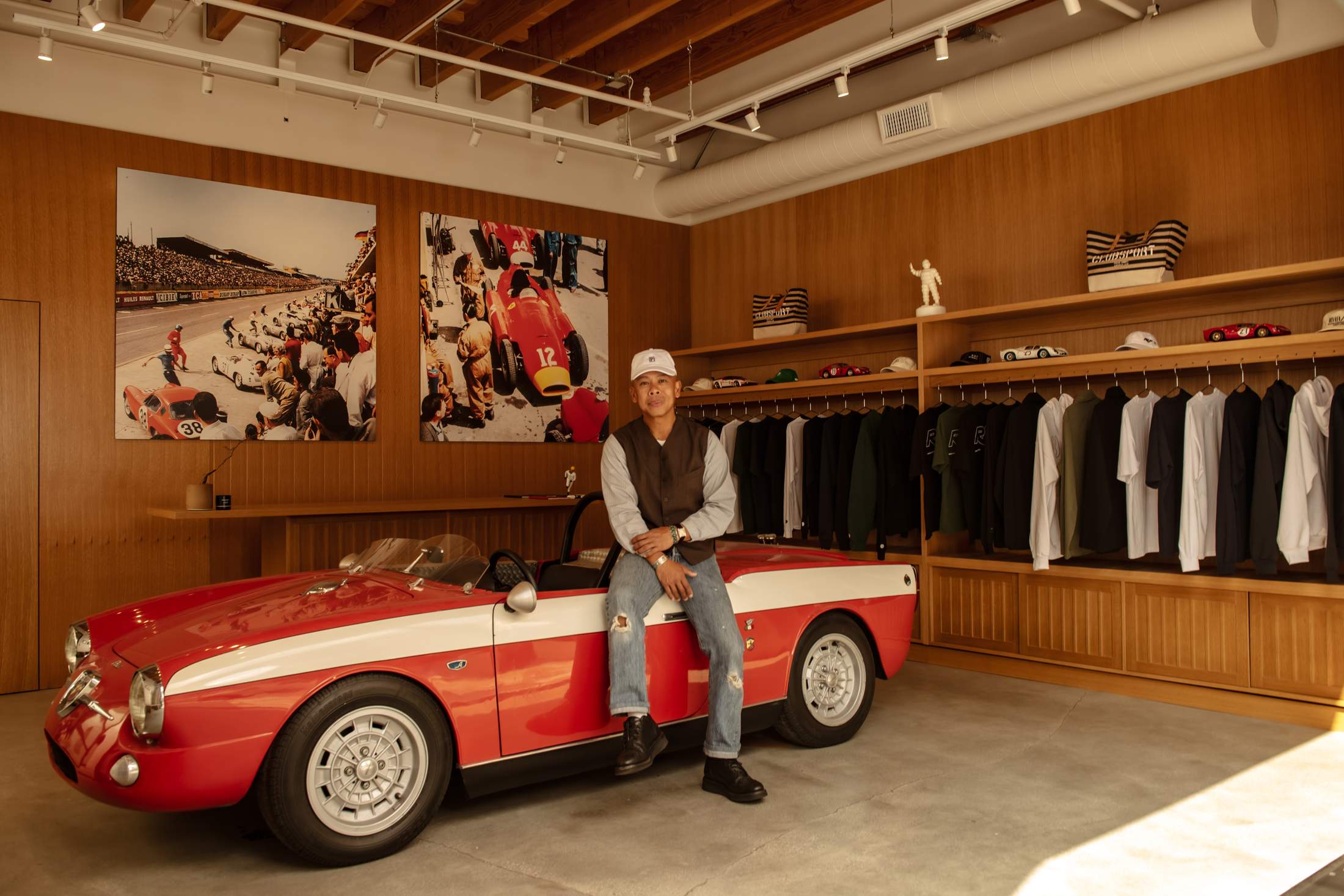

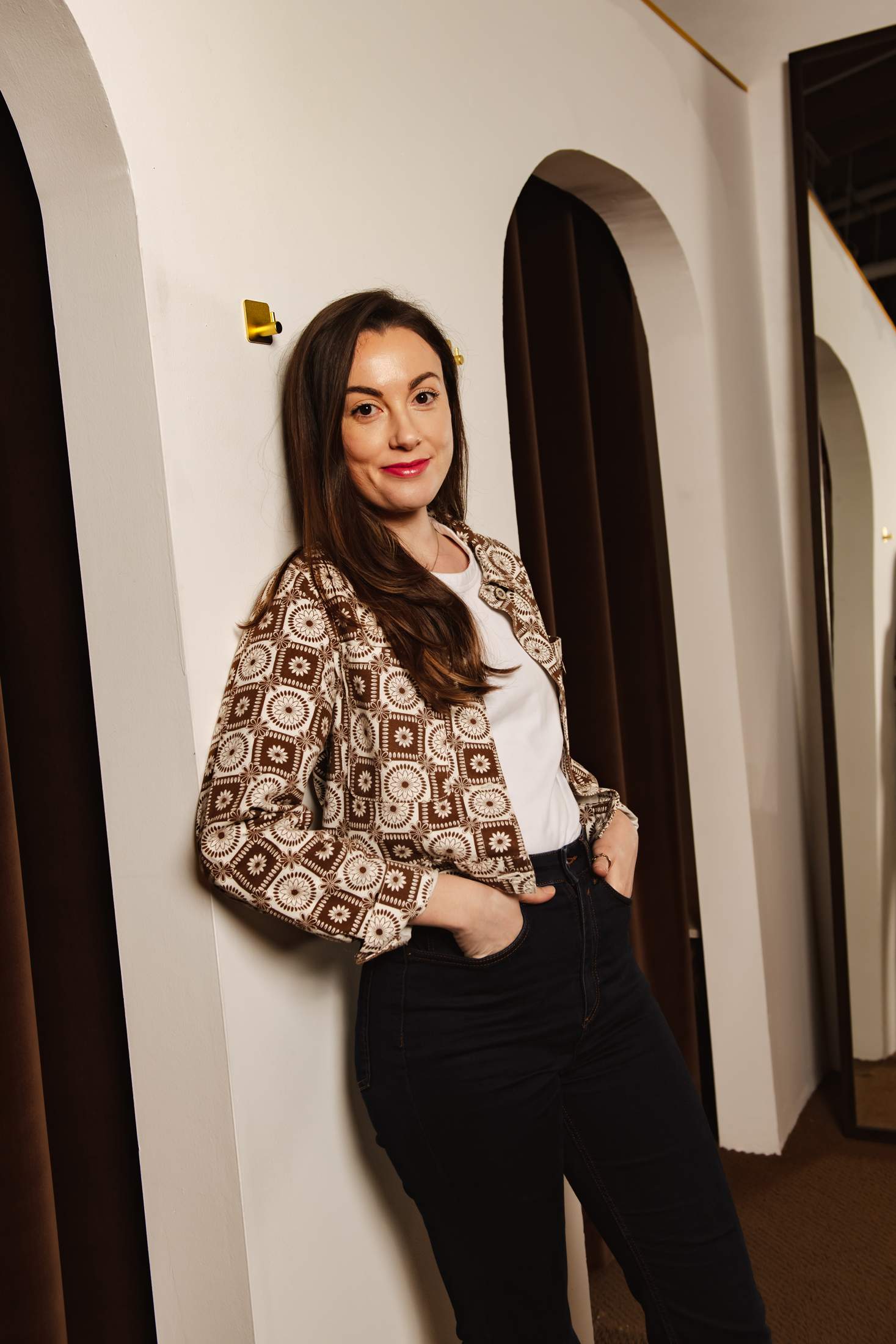
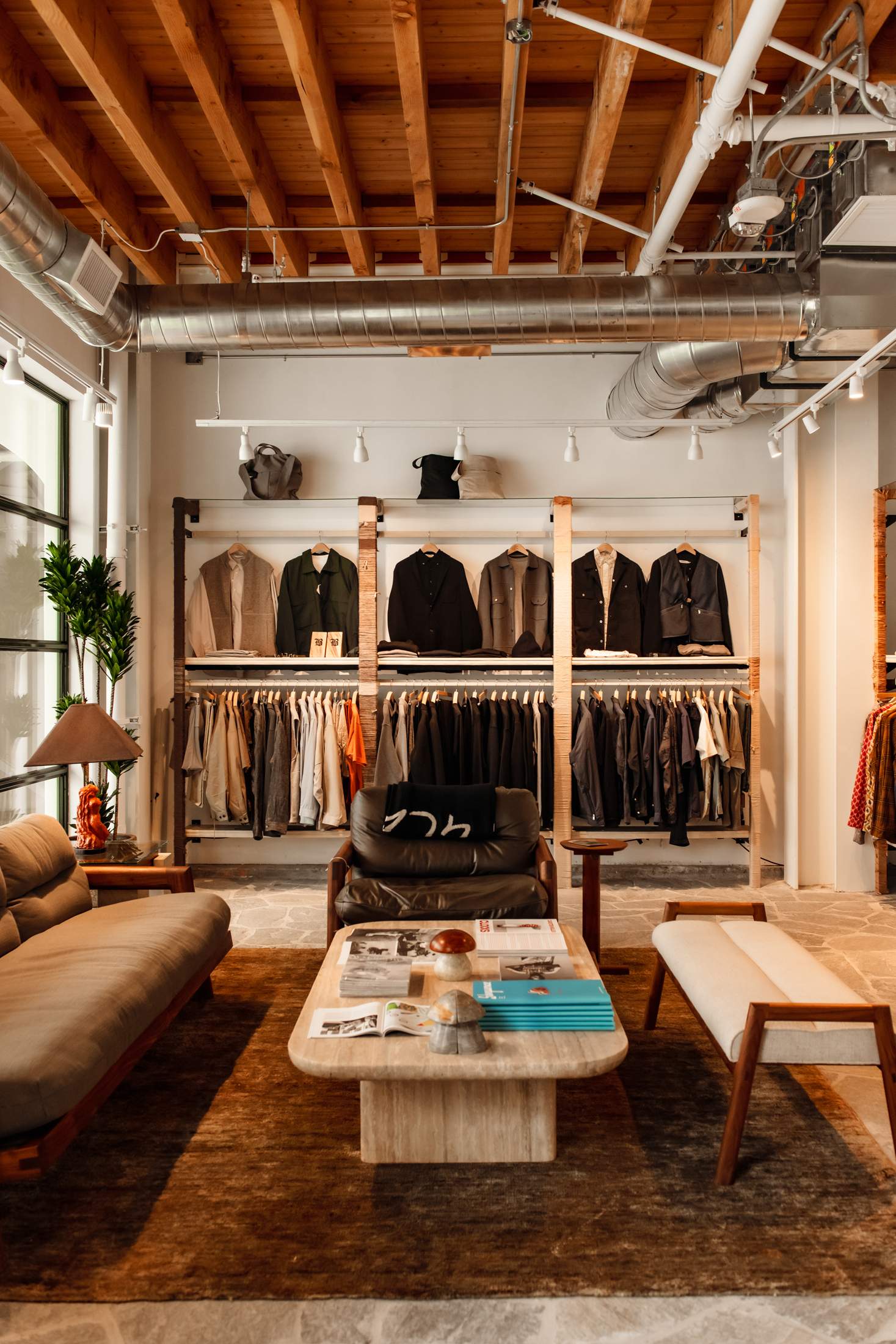
12
Top of the form
Róhe, the Netherlands
Róhe was founded in 2021 by Marieke Meulendijks and Maickel Weyers, who set out to honour German-US architect Ludwig Mies van der Rohe and his “less is more” design approach. To achieve that, they built a team of experts in fabric sourcing, draping and construction – quickly making the brand a go-to for seasonless, modern tailoring. “We deconstruct blazers and piece them back together to reinvent classic shapes,” says Meulendijks. Retailers quickly responded to the Dutch label’s timeless approach and started putting in orders. “We want to focus on the old way of making: we use vintage finds to create new lapels, collars and sleeves, where modern meets classic.”
roheframes.com
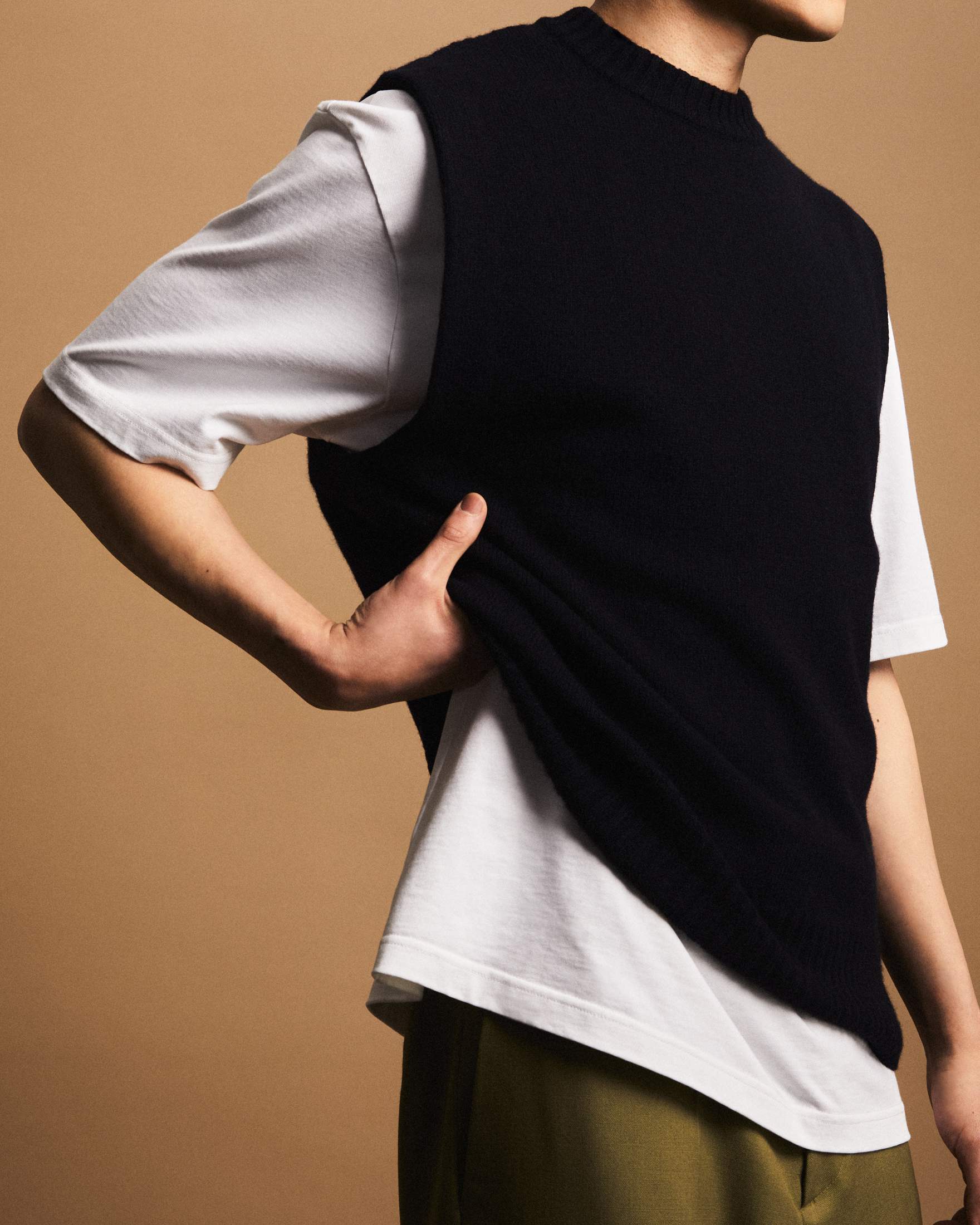
13
Natural fit
Play Earth Park, Japan
Tokyo’s new Meiji Park opened to the public in January in the shadow of the National Stadium. The project aims to bring nature to an overlooked corner of the city by planting a “100-year forest” and making a park for the community. Among its retail tenants is Play Earth Park Wonder Store, an outdoor shop from sports-apparel company Goldwin. It’s stocked with clothes and accessories from Goldwin’s stable of outdoor labels, as well as original Play Earth Park products and a line of gardening gear from Garage Green Works.
Goldwin will focus on its environmental responsibilities by offering everything from children’s bike rental to a line of recycled garments; a large park and campsite are set to open in Toyama in 2026. “This shop is a trial but the idea is to be doing something good for the planet,” says Goldwin’s Naoki Sugi. “We want to create spaces where people can experience the outdoors.”
playearthpark.goldwin.co.jp
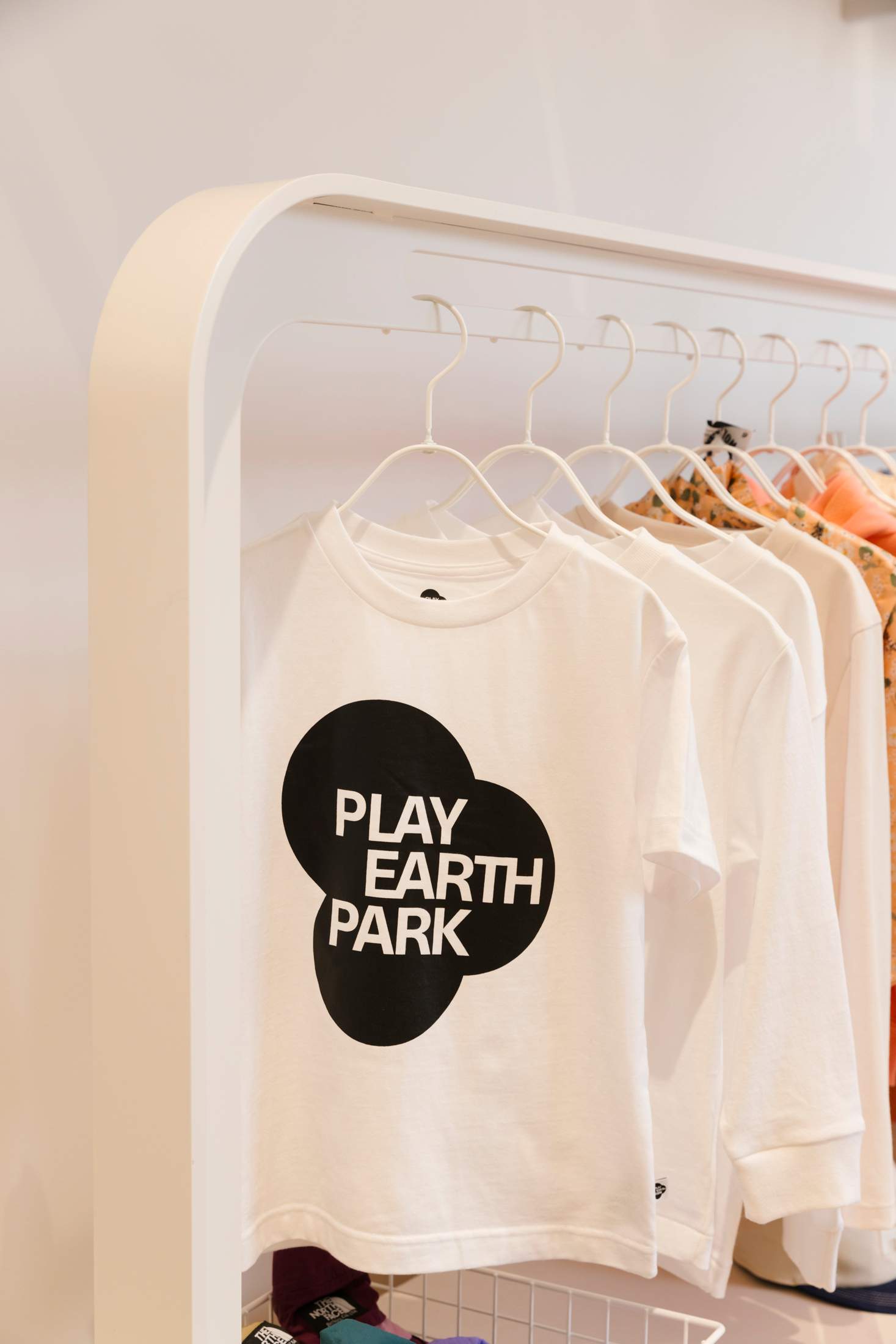
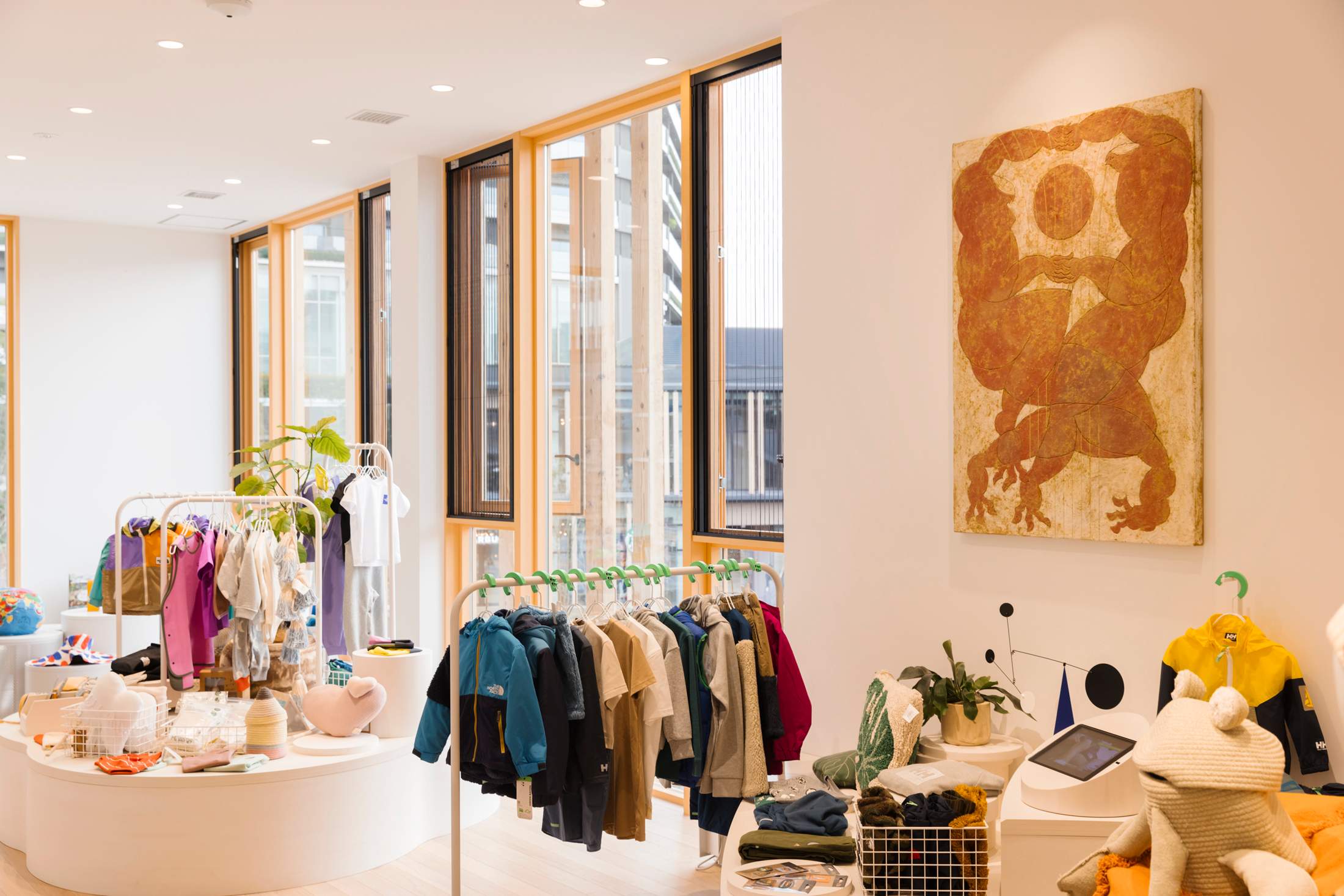
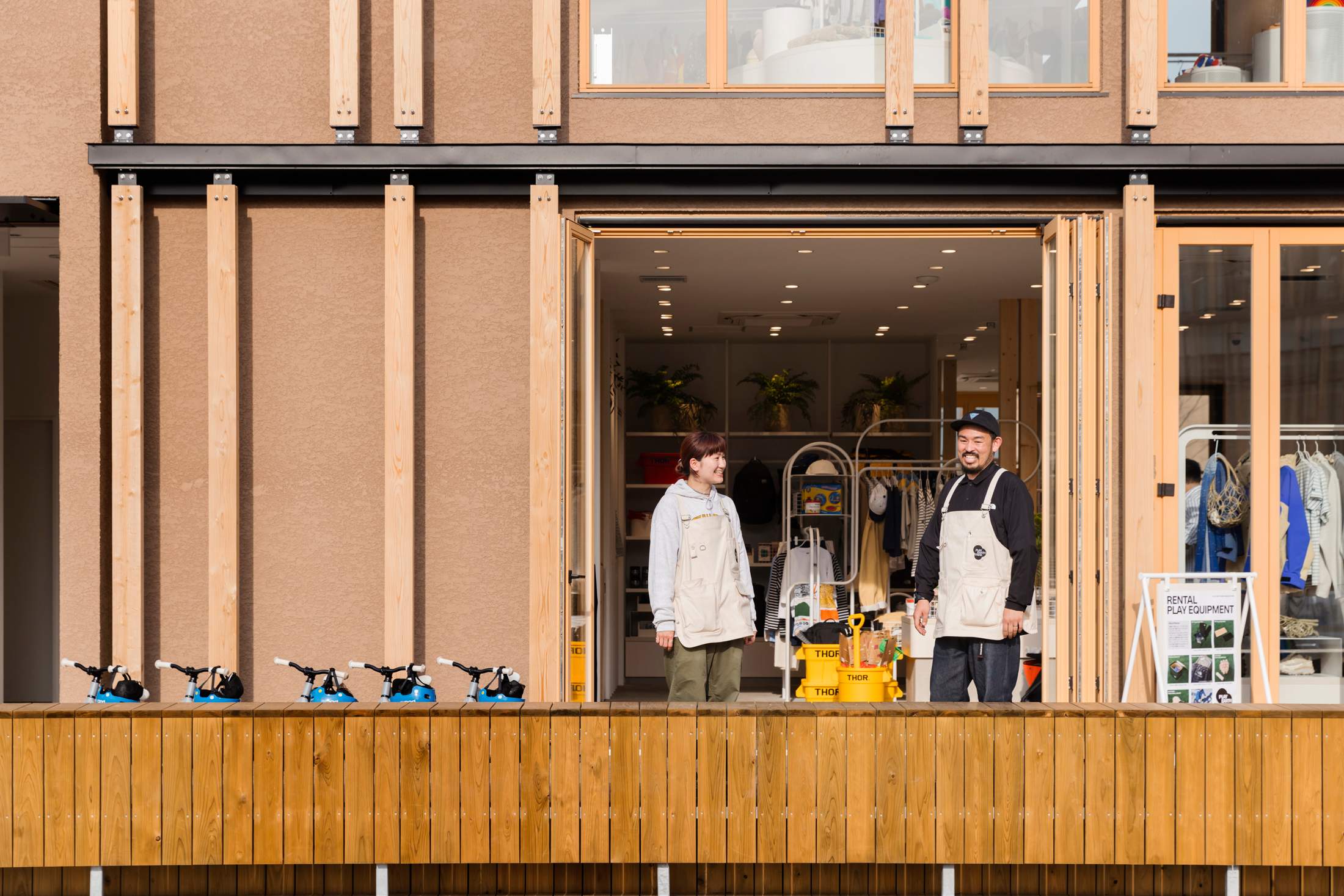
14
Quality control
Isa Arfen, UK
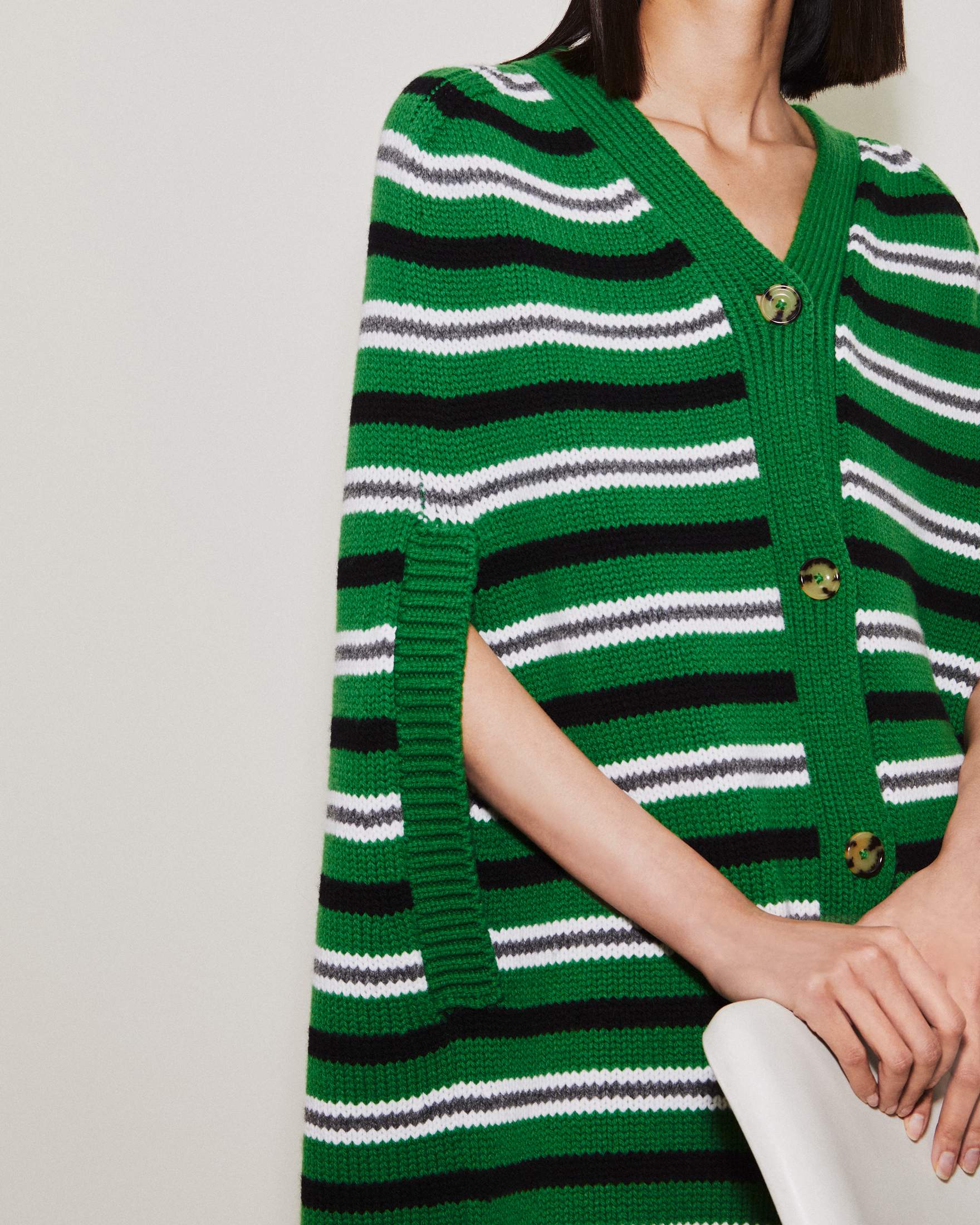
In 2019, Italian-born designer Serafina Sama stepped back from the fashion industry’s relentless pace, reassessing how she wanted to run her womenswear label, Isa Arfen. “We’re a small operation but I was still conscious of too much fabric and samples being left over every season,” says Sama. She is now back on her own terms. The label’s launches are limited to individual items or small capsule collections. “It’s about pieces that can be added to your existing wardrobe, not new collections,” she says. Sama restarted her label with a range of striped, knitted capes, produced in small quantities in a factory near her west London studio.
The capes can be layered over a T-shirt and jeans, or styled for more formal occasions, in line with Sama’s conviction to only offer “realistic, relatable and useful” items. “There’s a decadence to the silhouette but it’s very comfortable. I wanted it to feel like something you turn to again and again. That’s what makes good clothing.”
isaarfen.com
15
Heart on sleeve
ESC, Japan
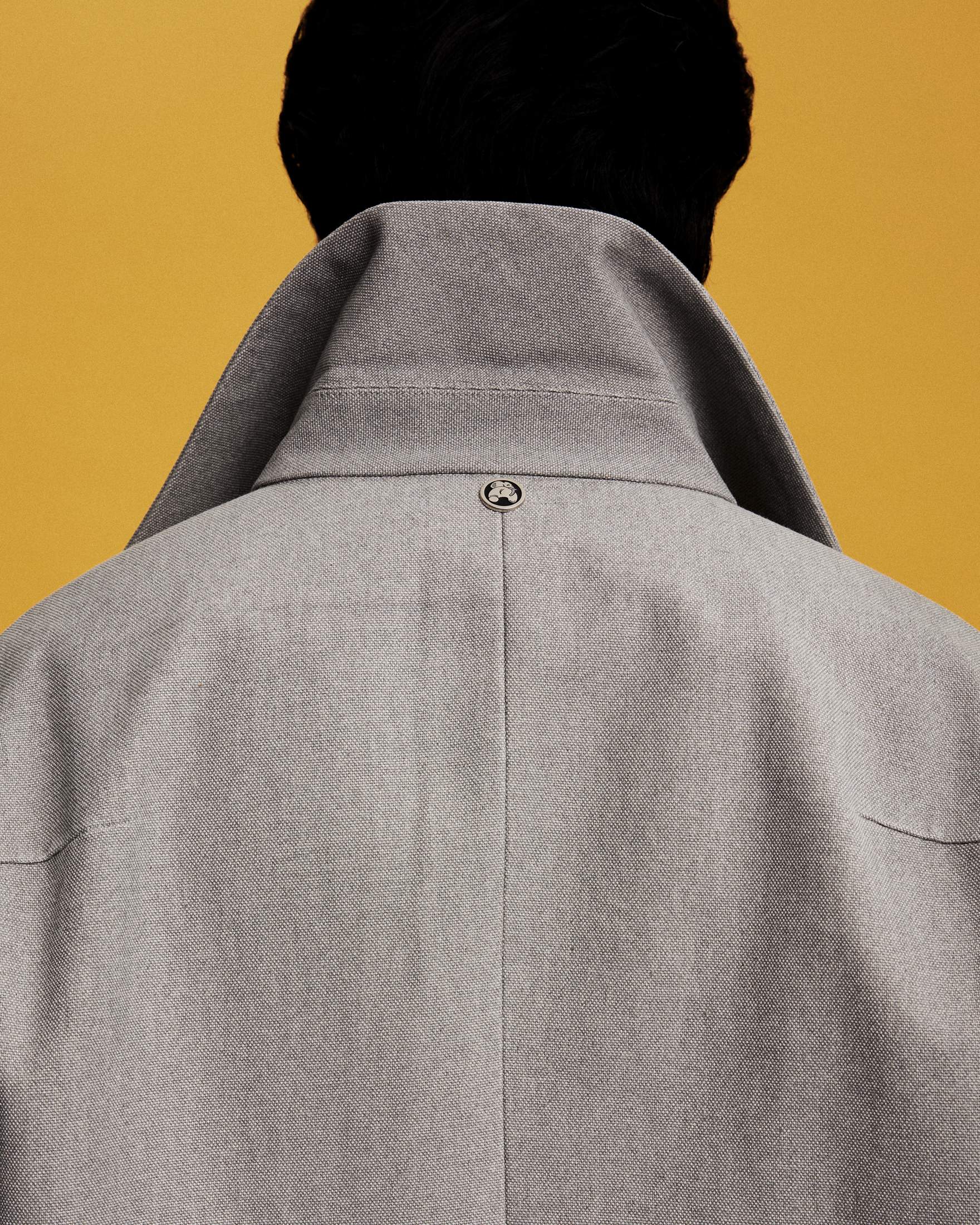
Before he set up his lifestyle company Elephant Street & Co (esc), Shinji Komine had been working in brand marketing for some of the world’s biggest corporations, including Apple, Nike and Dyson. “I knew that when I set up my own company, it would have to have a strong ethical dimension,” he says. Two years on, esc has released its first capsule collection: an easy-to-wear line of T-shirts, hooded waterproof jackets, painter trousers and totes.
Komine works collaboratively with a small group that includes a fashion-loving doctor, a designer with experience at top brands, and small, Japanese producers. They make garments using natural materials and artisanal techniques. The brand’s core fabric is a traditional Takashima canvas made in Shiga prefecture using unbleached organic cotton, while the dyes come from natural herbs and minerals. Boxy cotton T-shirts are manufactured on shuttle looms in Shizuoka, while the Anthracite nylon collection uses a technical fabric (with a plant-derived coating), developed by Japanese fabric maker Seiren.
esc’s ethical credentials are impeccable but Komine always keeps fashion central to the project, with streetwear-inspired silhouettes.
esc-tokyo.com
16
Kick start
High Sport, USA
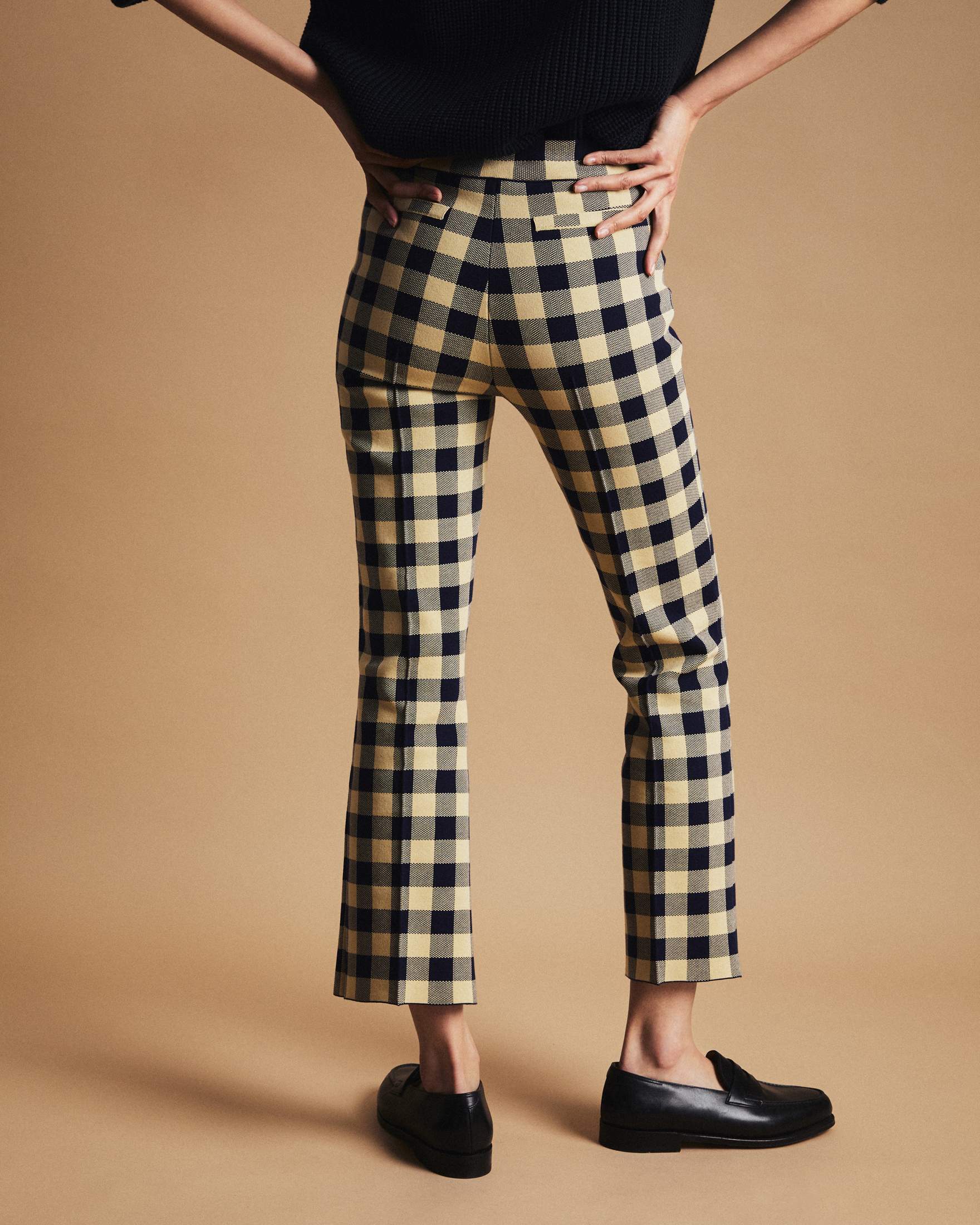
California-based womenswear label High Sport’s Kick trousers might not appear newsworthy at first glance: a classic, cropped silhouette that comes in an array of colours, from neutral black and navy to more playful gingham patterns. But the flattering silhouette, thick stretch-cotton fabric and absence of hardware – it took founder Alissa Zachary more than four years to perfect the fit – has captured the attention of shoppers who prioritise quality and elegance. Despite the $860 (€795) price tag, Zachary has proven that there’s little price resistance for this versatile design; the trousers tend to sell out as soon as they make their way into shops worldwide. “High Sport has created a pair of trousers that are the perfect luxury staple,” says Clemmie Harris, head of contemporary buying at Harrods, one of the brand’s stockists. “The fact that they come in multiple colours is even better, as customers tell us that one pair isn’t enough.”
As the brand grows, Zachary is staying committed to only adding items that are as useful as her original Kick design. Along the way, she is creating a business to be reckoned with.
high-sport.com
17
Redefining luxury
Etro, Italy
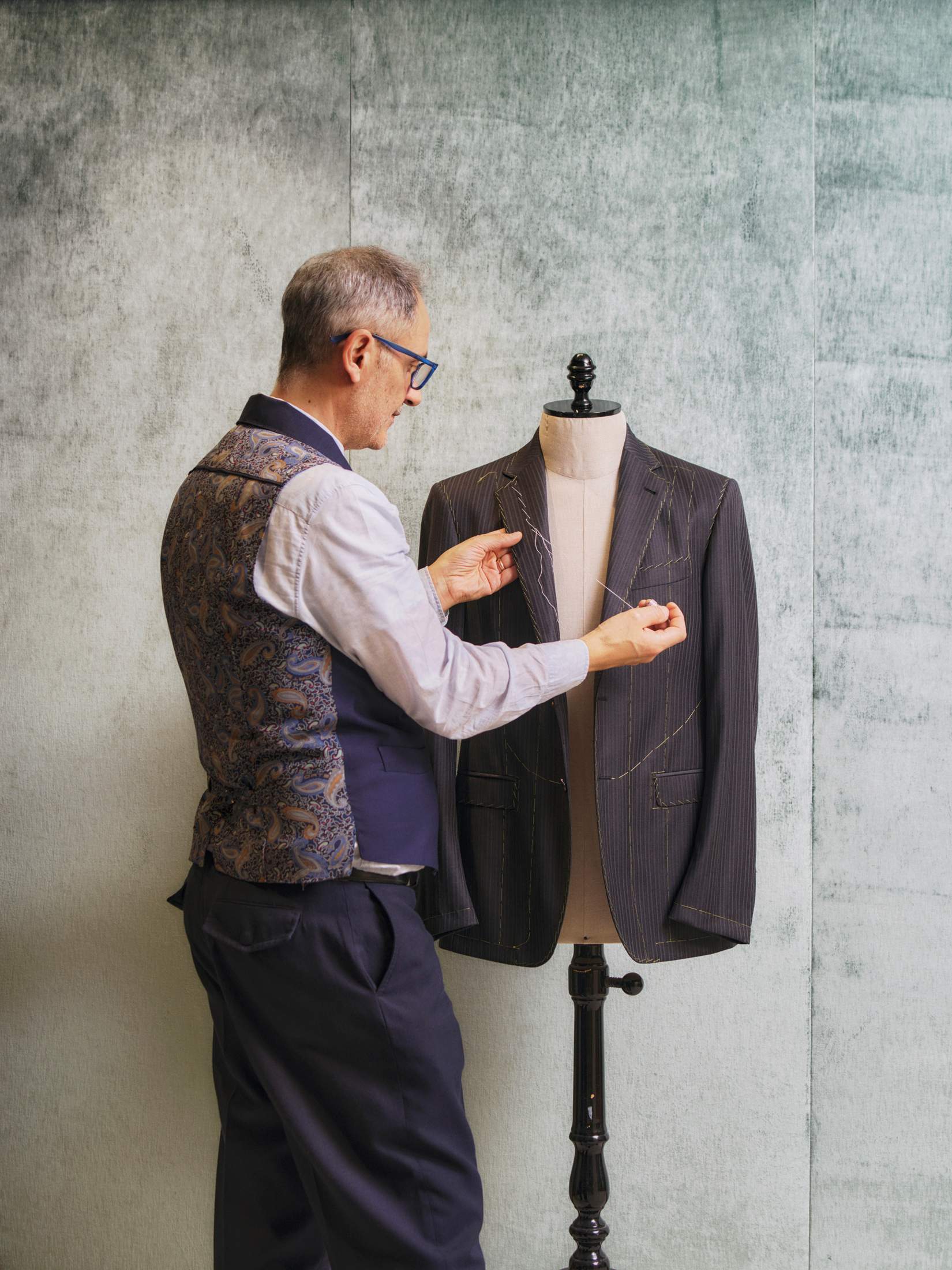
Italian fashion house Etro is thinking beyond its bohemian paisley patterns and diving into the made-to-measure tailoring business, with a new space in its hometown, Milan. Discreetly located behind its flagship boutique on Via Montenapoleone, the shop is accessible only by appointment. “The men’s fashion world is changing,” says Etro’s ceo, Fabrizio Cardinali. “January’s menswear shows gave us a clear message about a return to formalwear. At Etro, our connection with tailoring has always been very strong, so we created this space to continue our dialogue with our customers through a personalised service.”
You can now work with Etro’s in-house team of tailors to create fully customised garments. You start by choosing a silhouette; you then adjust them to your tastes by picking from a wide range of fabric swatches, button types and linings. The tailors cut the clothes to a slim, regular or looser fit using materials manufactured by Etro’s partners, including cashmere from Piacenza 1733 and wool from Biella-based manufacturer Drago Lanificio.
“Etro was founded in 1968 as a textile company,” says Cardinali. “Many of our fabrics come from our archive, as well as from our important collaborations with these textile companies.” As the fashion industry continues in its efforts to redefine modern luxury, the return of made-to-measure services and in-person interactions between artisans and customers are steps in the right direction.
etro.com
18
Delivering the goods
Louis Vuitton, France
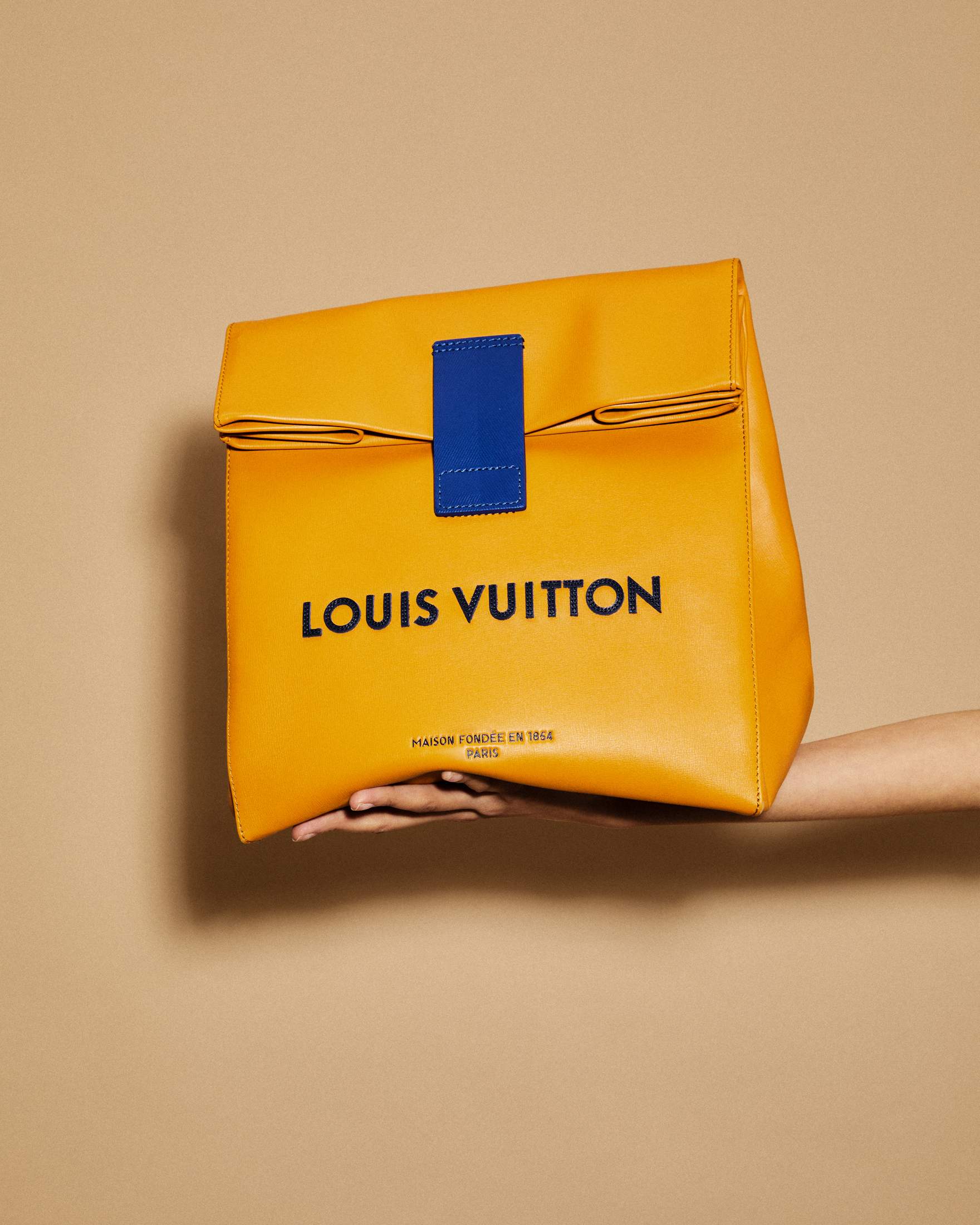
As Louis Vuitton’s creative director of menswear, US singer and producer Pharrell has been adding humour, colour and plenty of whimsy to the French label’s collections. In his debut range, which has landed in shops just in time for spring, you’ll find playful touches, such as the way that this leather clutch references the shape of a humble paper lunch bag.
This might represent a new direction for the French luxury house but its commitment to craft remains unchanged. Every clutch is made from soft cowhide leather in a warm, tan shade and is finished with the label’s logo and an electric-blue fastening.
louisvuitton.com
19
Reform and function
We the Knot, Portugal
Lisbon-based label We the Knot set up shop in the city’s Alfama district at the end of 2021. “The area has many souvenir shops and restaurants but a distinct lack of high-quality fashion ateliers,” says co-founder Filipe Cardigos. A former graphic designer, Cardigos launched the menswear brand more than a decade ago with fashion designer Sérgio Gameiro, after upcycling an umbrella and turning it into a pair of swim shorts. Since then the duo have worked with Portuguese manufacturers to create a capsule collection of cargo trousers, sweatshirts and chinos made with deadstock materials or organic cotton, recycled nylon and vegan leather sourced from Portugal and Italy.
Labels on the brand’s minimalist silhouettes are displayed on the outside of clothing, some printed with a map of the shop’s location; others featuring a Japanese haiku. “We don’t like slogans or branding, so we wanted to show our cultural influences through other means,” says Cardigos.
wetheknot.com

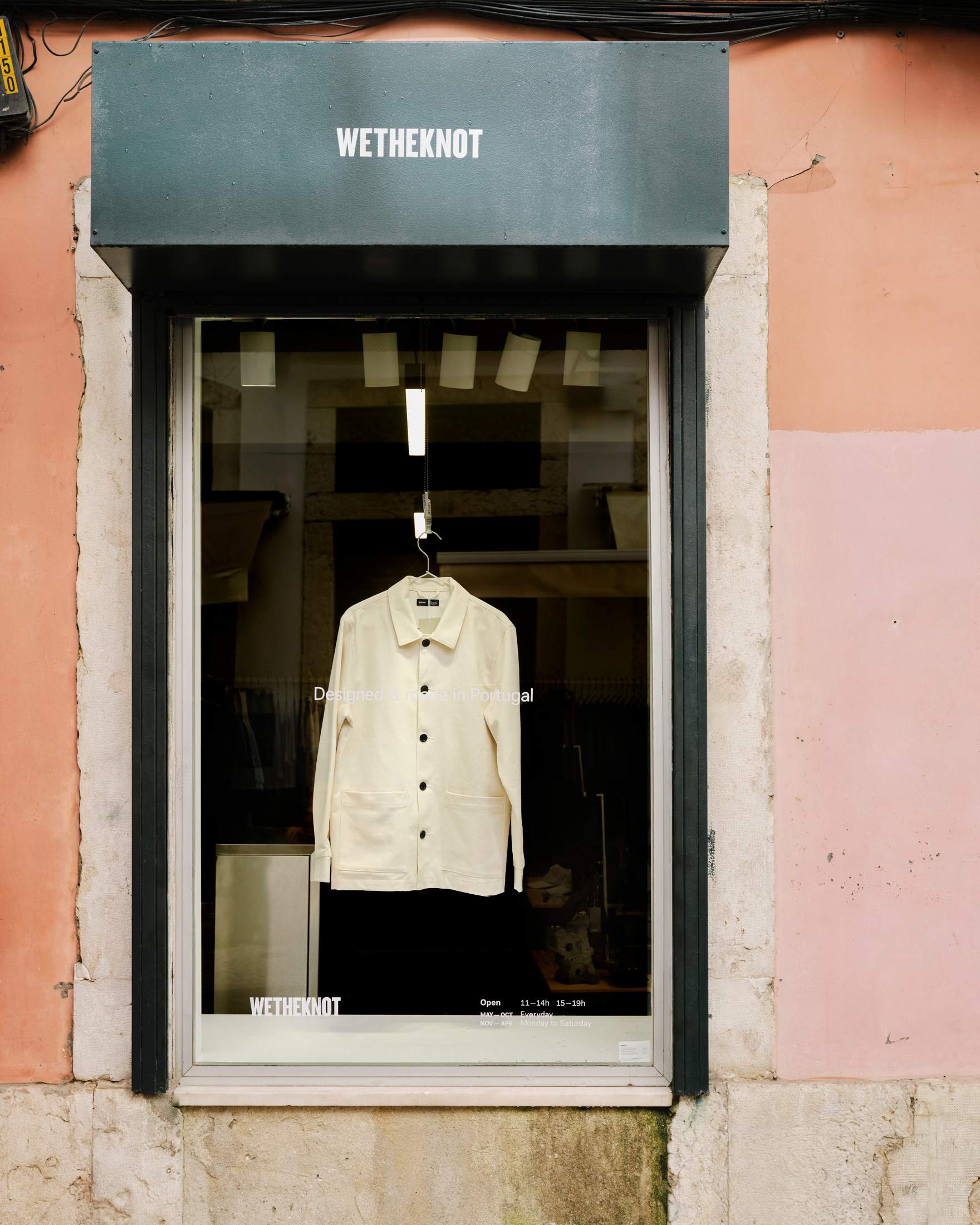
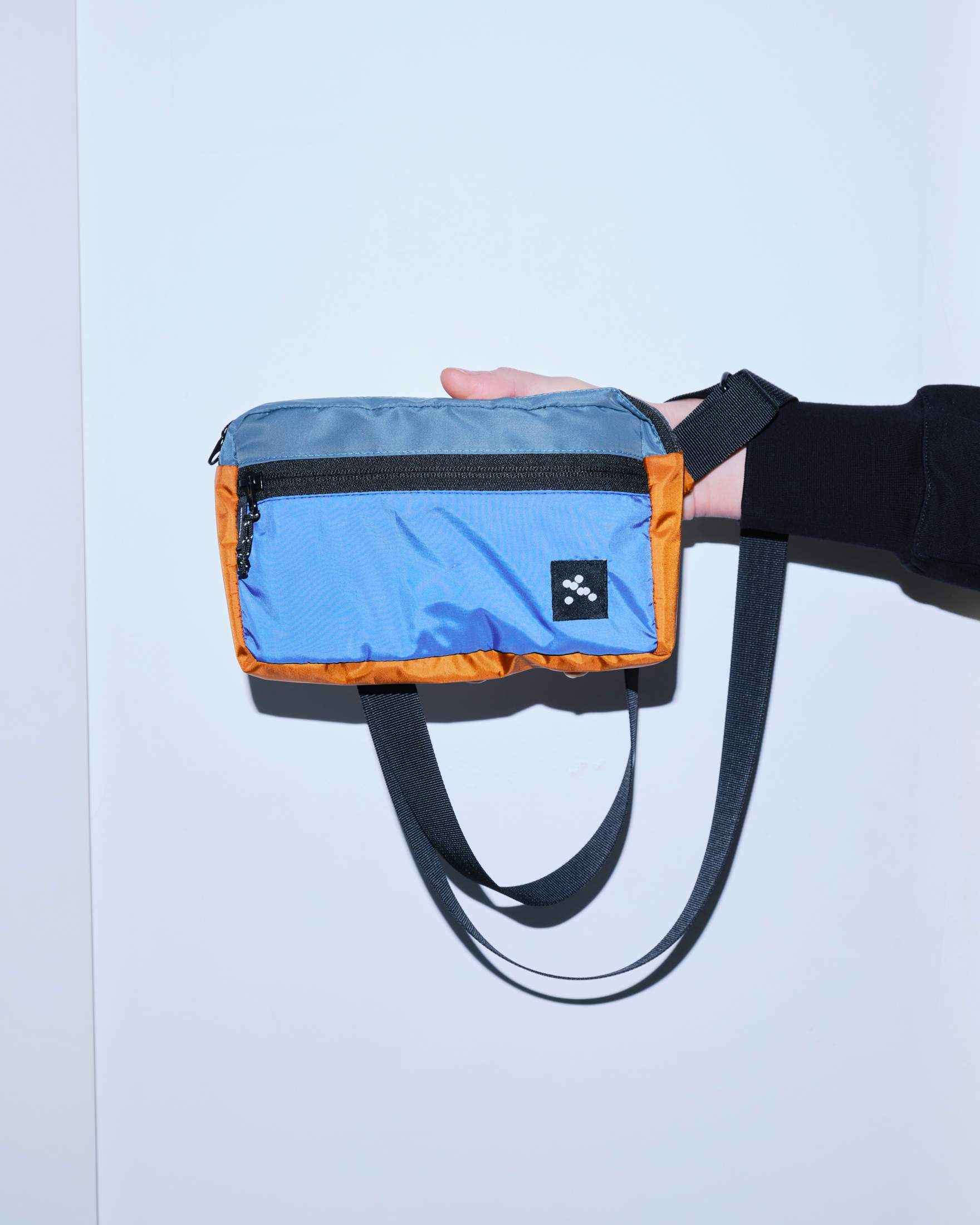

20
National fabric
100 Hands, the Netherlands
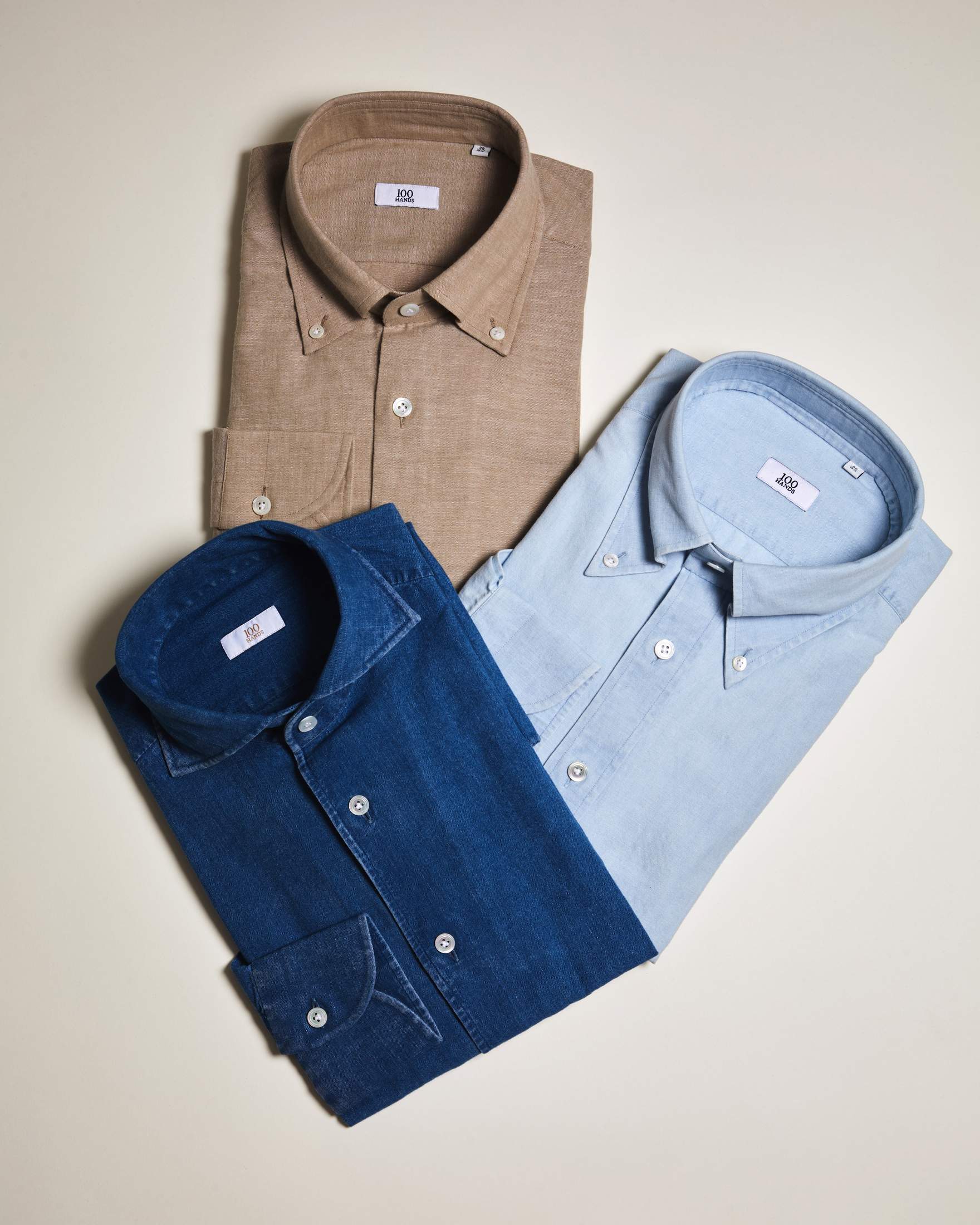
Launched in 2014 in the Netherlands, 100 Hands is on a mission to showcase the finest Indian craftsmanship. Akshat and Varvara Jain, the husband-and-wife team behind the label, drew inspiration from Akshat’s family, who are involved in India’s textile industry.
Starting with a small team of 18 artisans in a manufacturing atelier in Amritsar, 100 Hands now works with more than 300 artisans. While expansion is in motion, the original dedication to craft and focus on the classic shirt remains unchanged; the label produces one of the widest ranging collections of shirts on the market, using materials such as linen, poplin and cashmere-cotton. Every shirt takes between 16 and 34 hours to make and is completed entirely by hand.
Every shirt takes between 16 and 36 hours to make and is completed entirely by hand
So far the Jains have focused on working with specialist boutiques globally, including Stockholm’s Lund & Lund, but the brand is now expanding its scope and beginning to partner with bigger department stores, such as Harrods. monocle plans to replenish its wardrobe with the washed Japanese chambray style from the label’s new spring collection.
100hands.nl
21
Pulse of the city
Uni Form, SouthAfrica
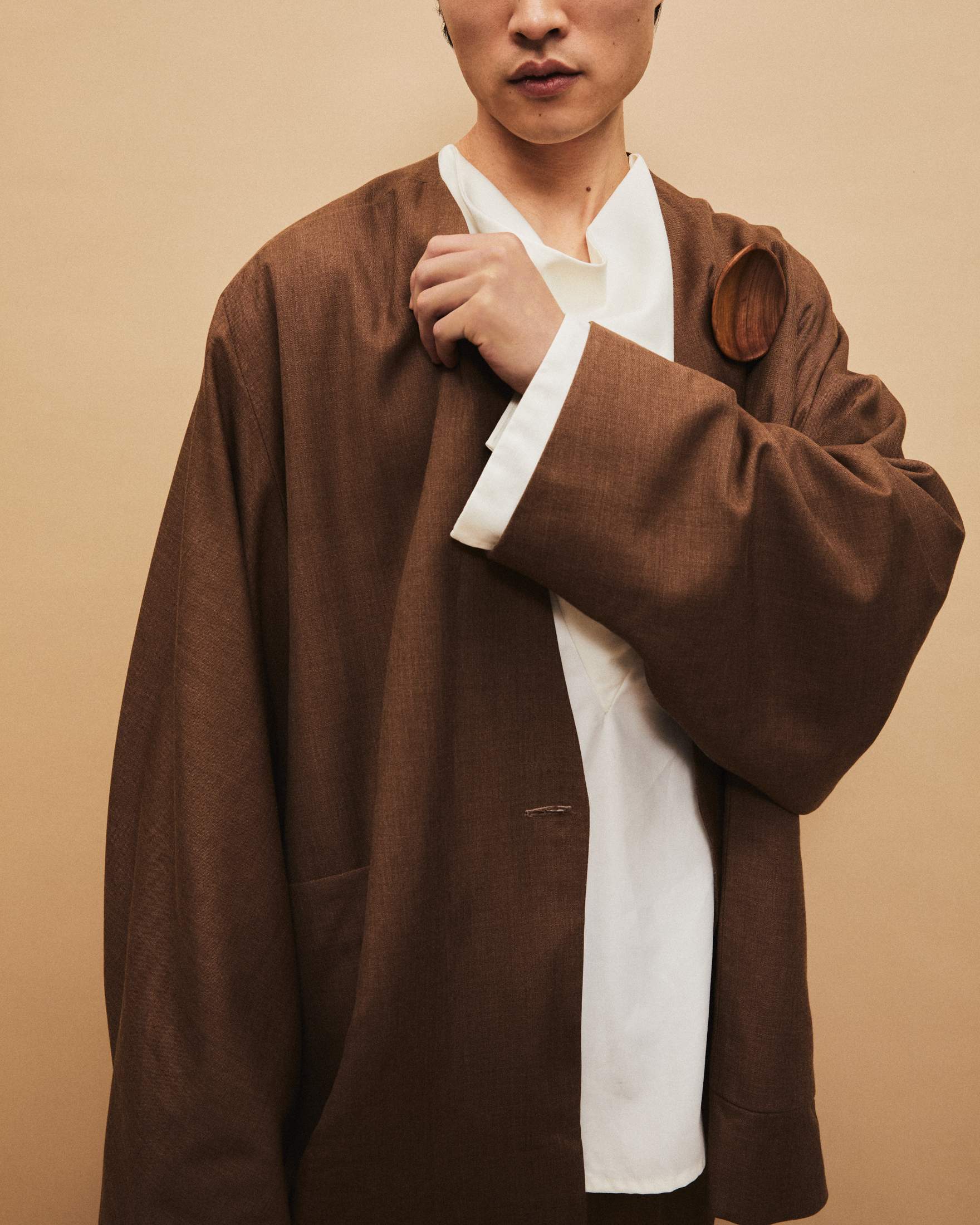
Luke Radloff, Uni Form’s founder and designer, is endlessly inspired by Johannesburg. “The true style of Joburg is gritty workwear mixed with a lot of traditional clothing,” says Radloff. His studio overlooks a taxi rank where people offer a snapshot of the city’s style as they come and go. “It’s an industrial city and it’s built by the industrial workers,” says Radloff. For Uni Form, he creates workwear-inspired clothing for women: oversized stark white cotton shirts, draped trousers and slinky mohair dresses made using almost entirely natural fibres sourced and produced in South Africa. “I want to promote luxury production in Africa,” says Radloff, who worked for Italian label Marni before moving back to South Africa to launch his own brand in 2019. “I want to push the narrative of Joburg as a style capital.”
Though many people might not view Johannesburg as a fashion city or recognise the country’s potential in high-end manufacture, Radloff wants to shift that narrative by highlighting regional craft. The brand collaborates with craftsmen who work with everything from hand-woven cottons to mohair, silver and even textile waste, proving that South Africa has a lot to offer when it comes to top-end textile production.
uniformza.com
22
Shirt stories
Chava Studio, Mexico
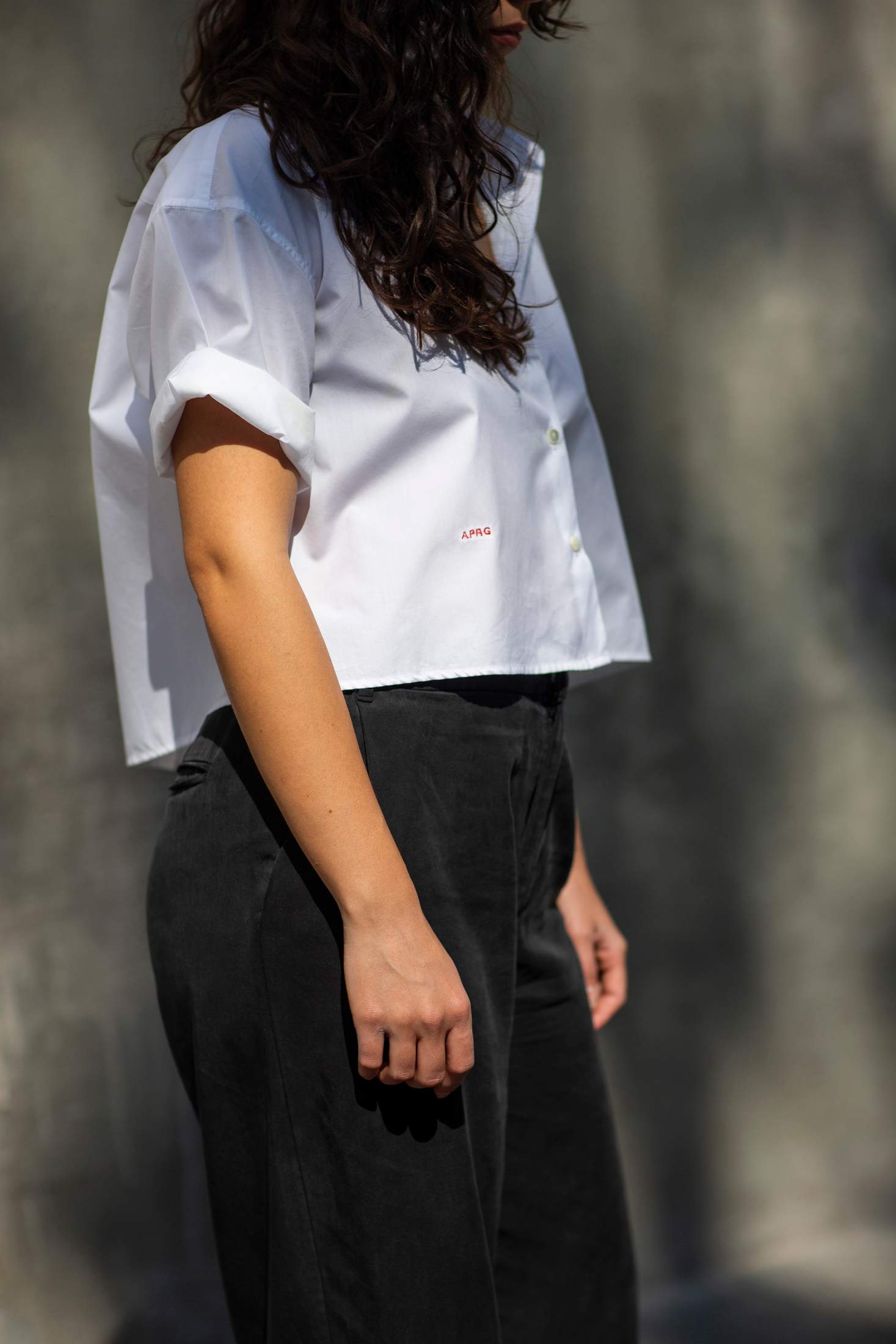
While rummaging through the baskets at Saint-Ouen flea market in Paris, Olivia Villanti happened across a shirt with detachable cuffs and lots of character. That garment went on to inspire her to create her own specialist shirting brand, Chava Studio, in 2020. “There’s something artful about a cuff or a collar,” says Villanti. “In the same way that you would think about jewellery, it’s accessorising the shirt.
Villanti worked in magazines for years in New York before moving to Mexico City in 2019, where her in-laws run a business importing European fabrics from select mills, such as Alumo in Switzerland, to supply the best Mexican tailors. “They had amassed a lot of deadstock, including cashmere and silk, which I began to work with,” she says. To create her pieces, Villanti works with seasoned seamstresses at the family-run atelier, next door to the historic studio of Mexican modernist architect Luis Barragán. “There’s a balance in each of our pieces between very formal elements, such as a cocktail cuff or French cuff, mixed in with a cutaway collar,” says Villanti, pointing to her love of easy, draped silhouettes and lightweight poplin fabrics.
Chava Studio now has clients across the US and Villanti is starting to work on unisex pieces, with plans to turn its showroom in Mexico City into a retail space. “Having a shirt made for a man is a coming-of-age story,” she says. “I wanted to take this experience and feminise it but do it in a way that’s unfussy. That word embodies what we’re trying to do.”
chavastudio.com
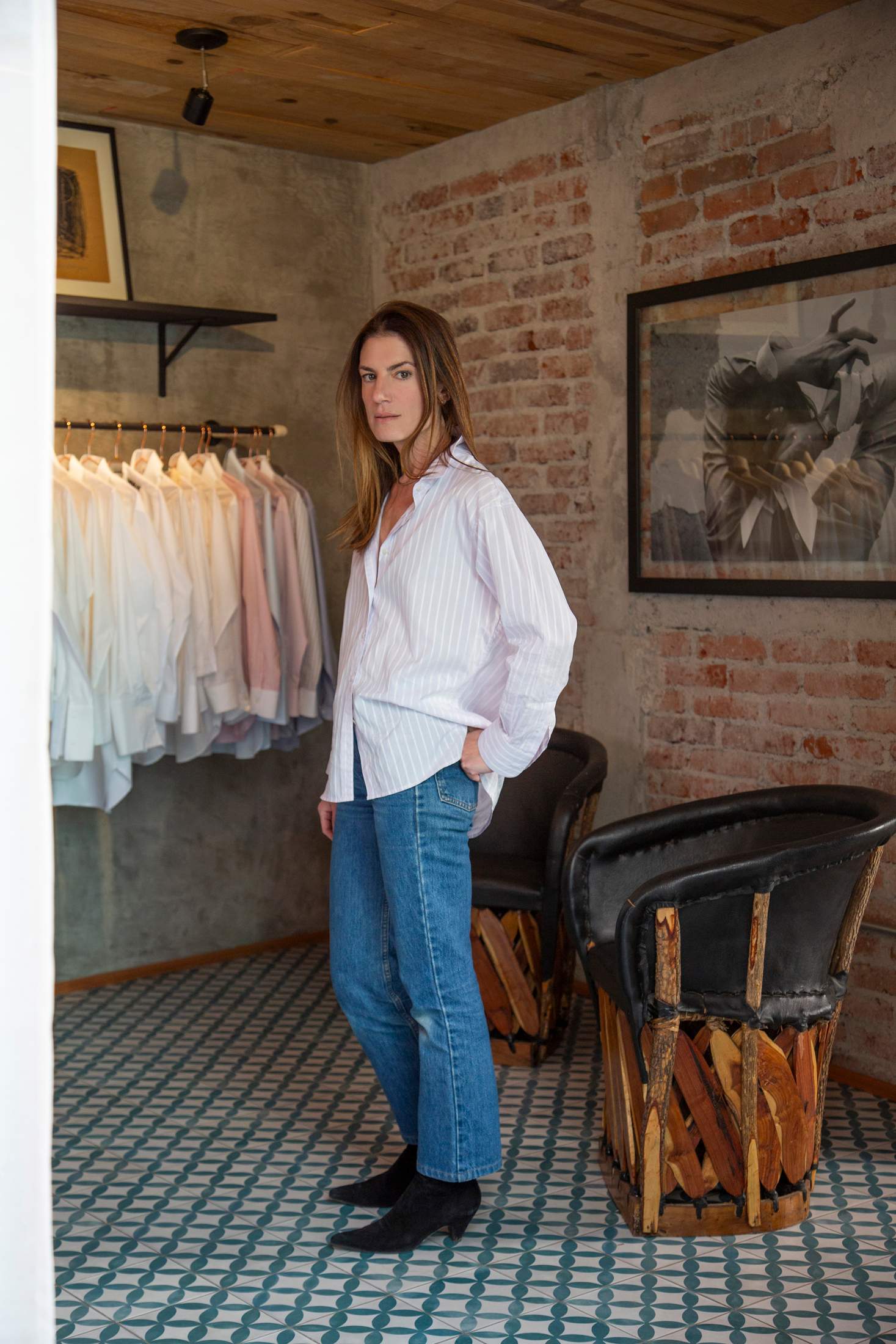
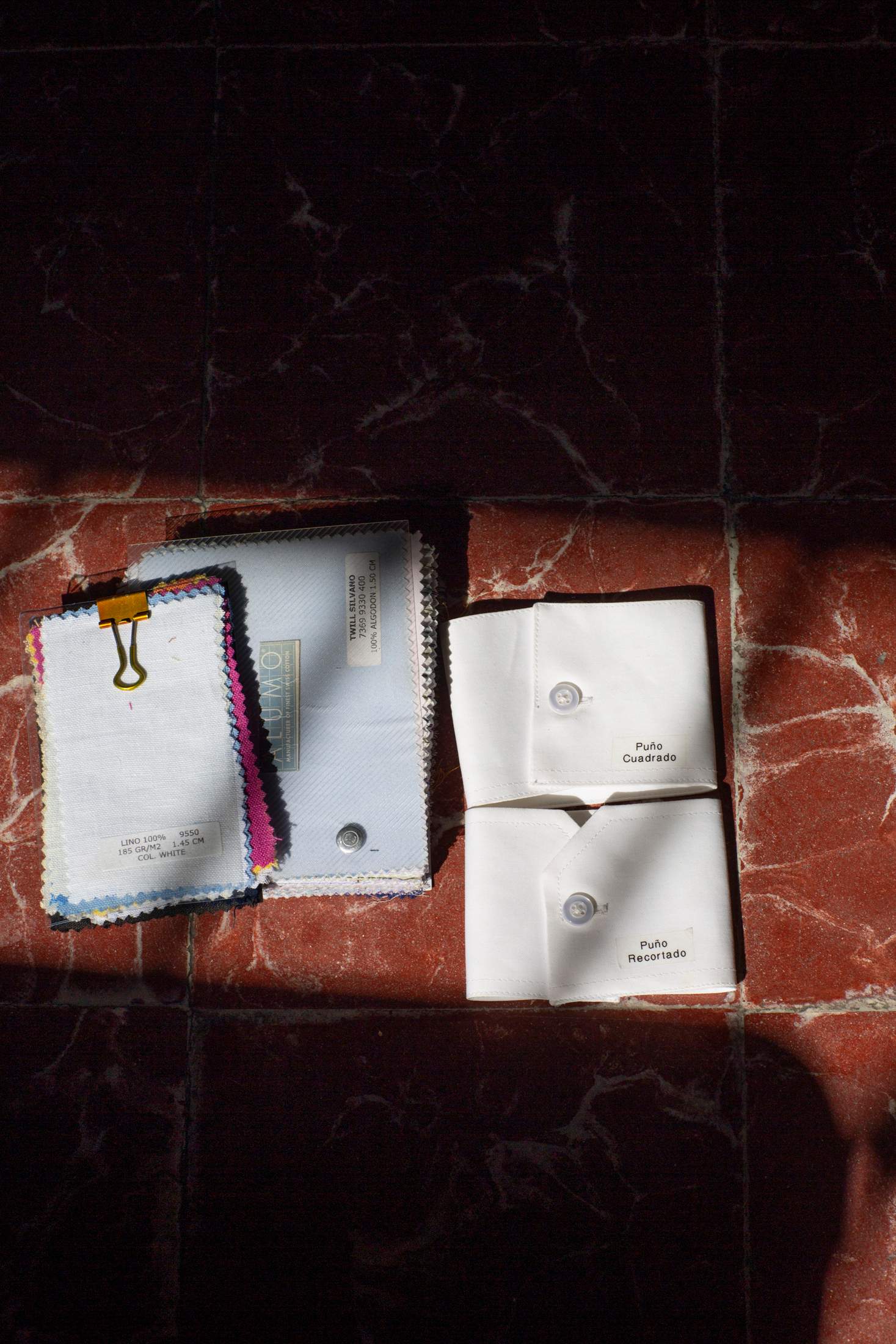
23
High flier
MKDT Studio, Denmark
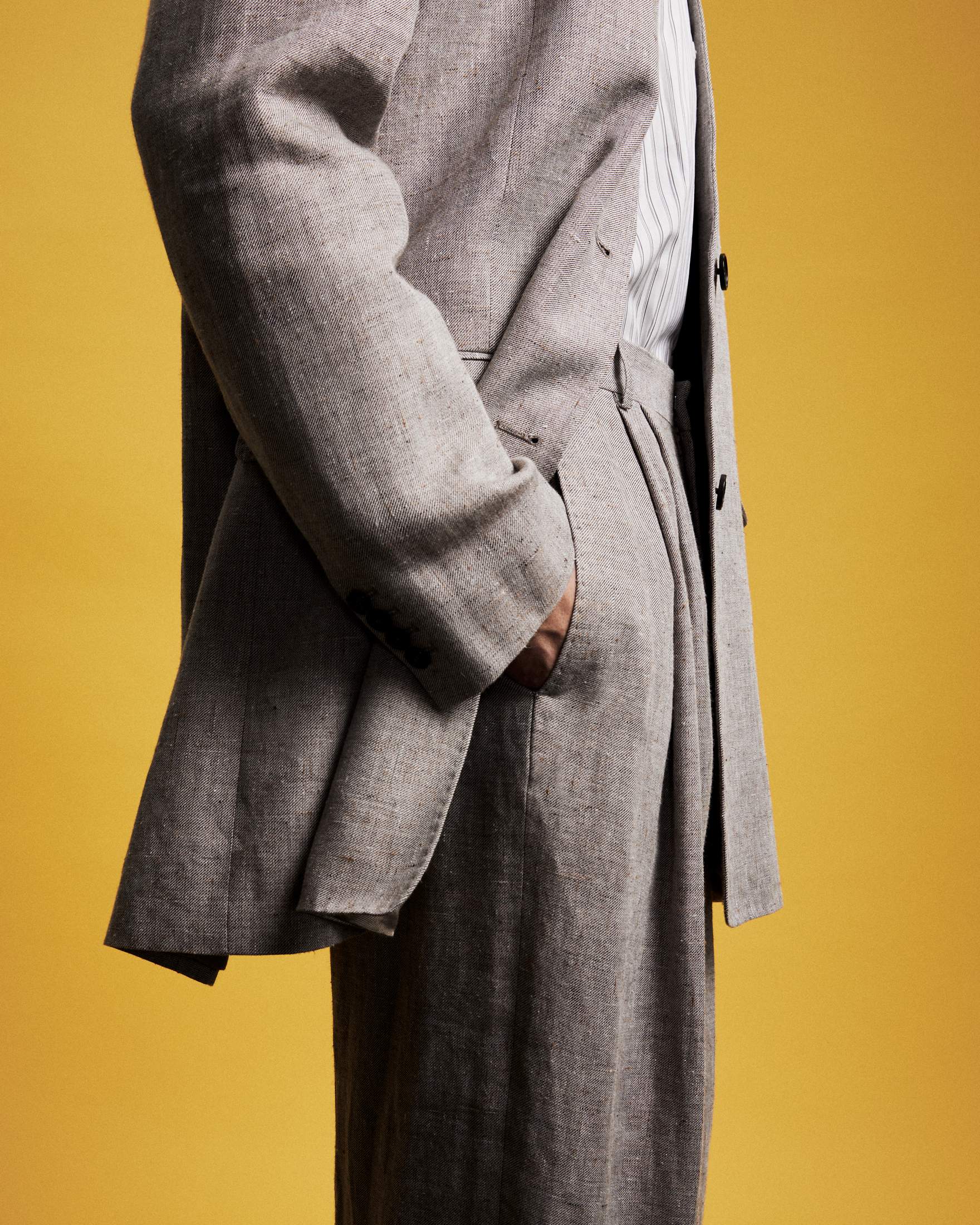
Copenhagen-based label MKTD Studio, founded by Chinese-Danish designer Mark Kenly Domino Tan, is known by its admirers for its sharp tailoring and flair for classic designs. It has begun a new chapter under its creative director, Caroline Engelgaar, expanding into menswear and setting global ambitions. “We want to offer a long-lasting wardrobe for both men and women,” she tells monocle. “Our customers collect our pieces in the same way that they collect furniture.” She took inspiration from legendary American pilot Amelia Earhart for her latest collection, which features classic aviator jackets, trench coats and loose tailoring. “The range has a retro feel,” she says, explaining how significant the 1920s were for women’s fashion. “It takes you back in time to when women were coming out of skirts, wearing trousers for the first time and developing a new identity.” We recommend one of the brand’s collarless, light-grey suits for a smart spring look.
mkdtstudio.com
24
Men of the cloth
Speciale, UK
Menswear label Speciale, founded by George Marsh and Bert Hamilton Stubber (both pictured), has brought some Florentine tailoring nous to London’s Portobello Road, home to its studio and flagship shop. Hamilton Stubber leads the retail arm, while Marsh heads up the bespoke business, having trained as an apprentice in Milan and Florence under famed tailor Antonio Liverano.
When monocle stops by, the conversation turns to the intricacies of a suit, from the benefits of half-linings and single darts on jackets to top-stitched seams. “We both feel that in Florence they are making the sort of suits that we like to wear,” says Marsh. “And I like my suits to be properly worn, not left hanging in a cupboard.”
The tailoring studio in the back of the shop is where jackets and trousers are cut, shaped and altered for customers who often come to invest in their first made-to-measure suit. Ready-to-wear is also on offer, with shirts made in Naples, jeans cut in north London, knitwear from Wales and ties from Florence. “We source the very best when it comes to materials,” says Marsh. “Pure cashmere jumpers, pure cotton socks; even if that means stocking fewer items.”
speciale324.com
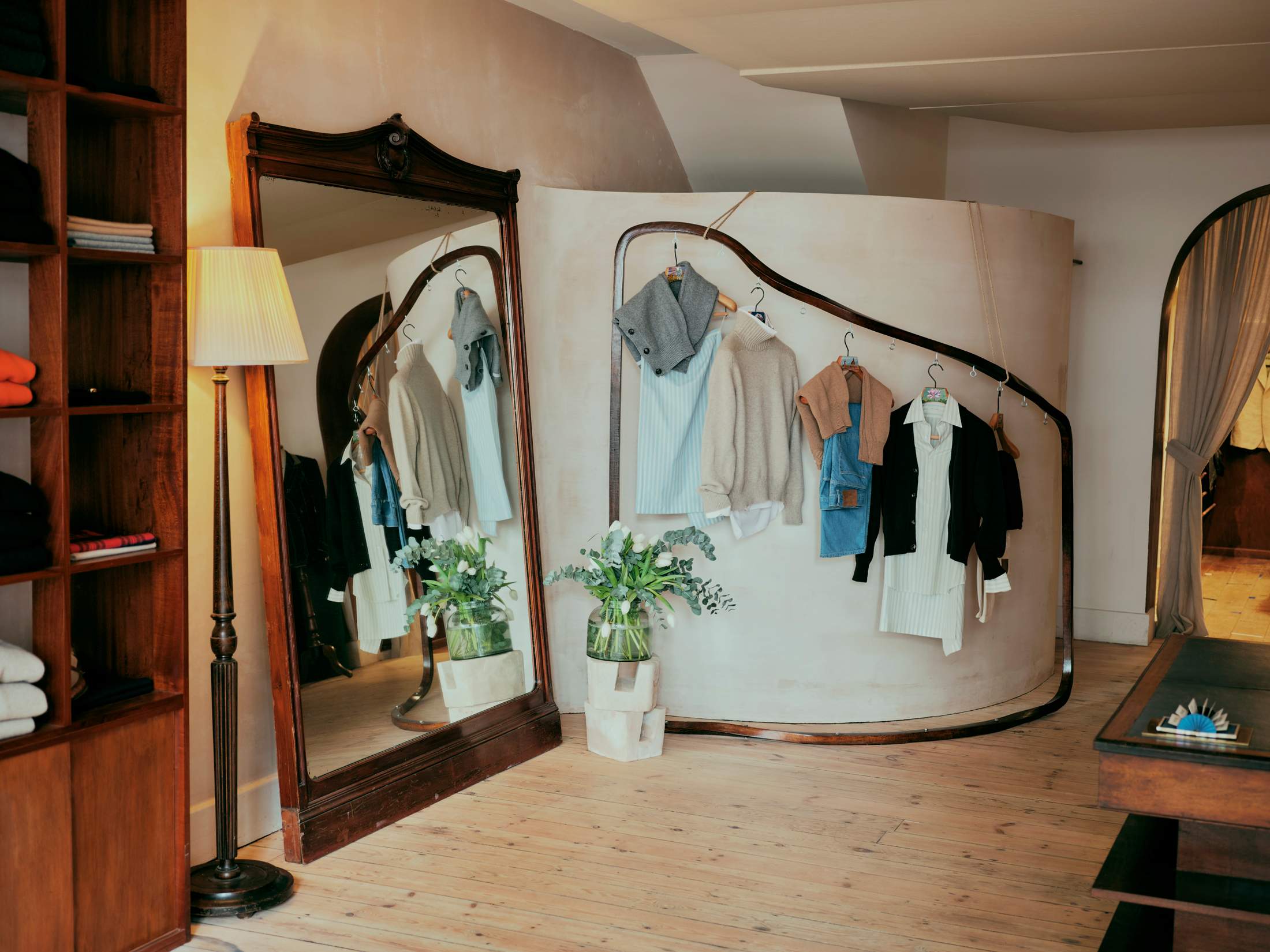
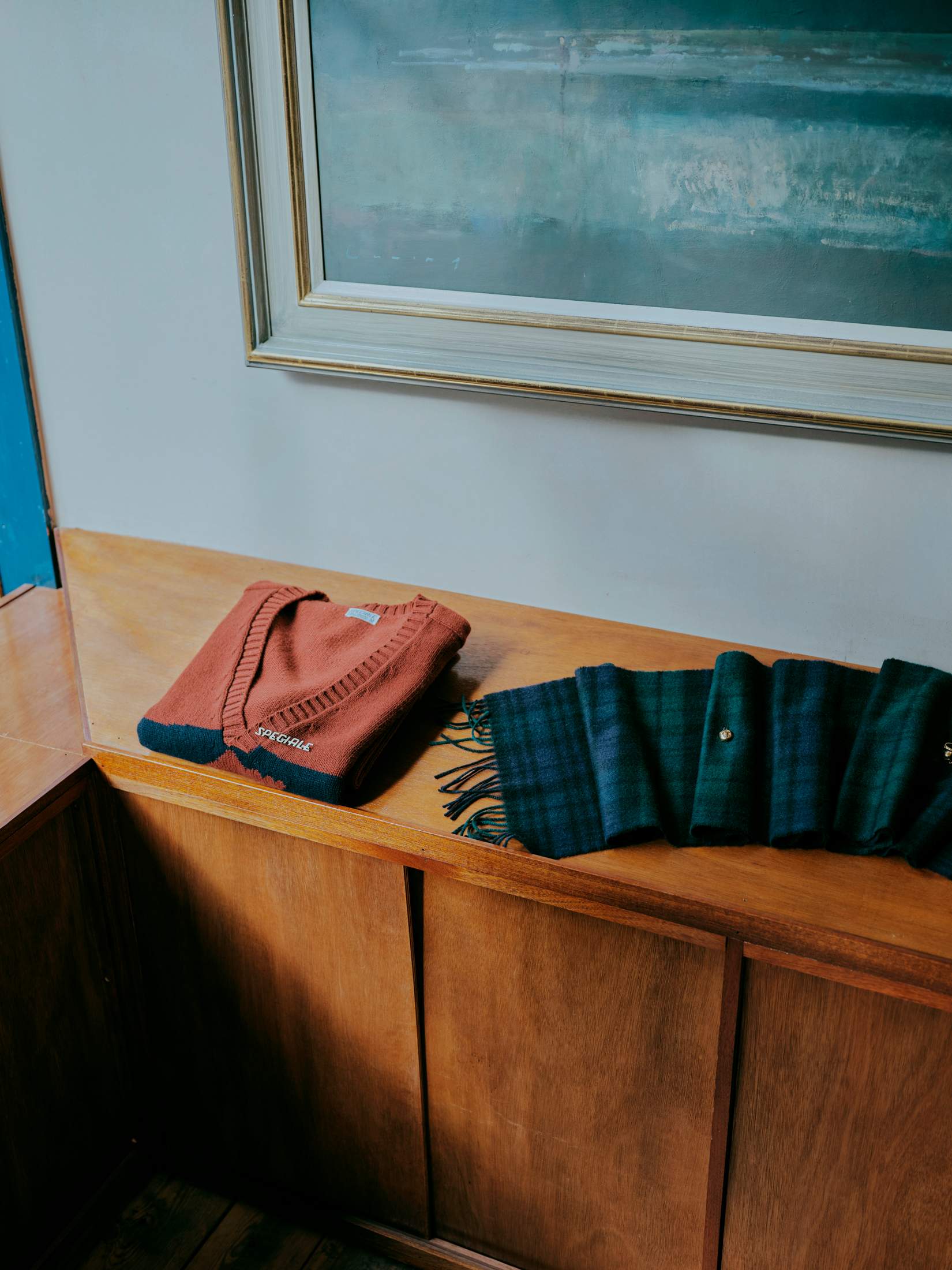
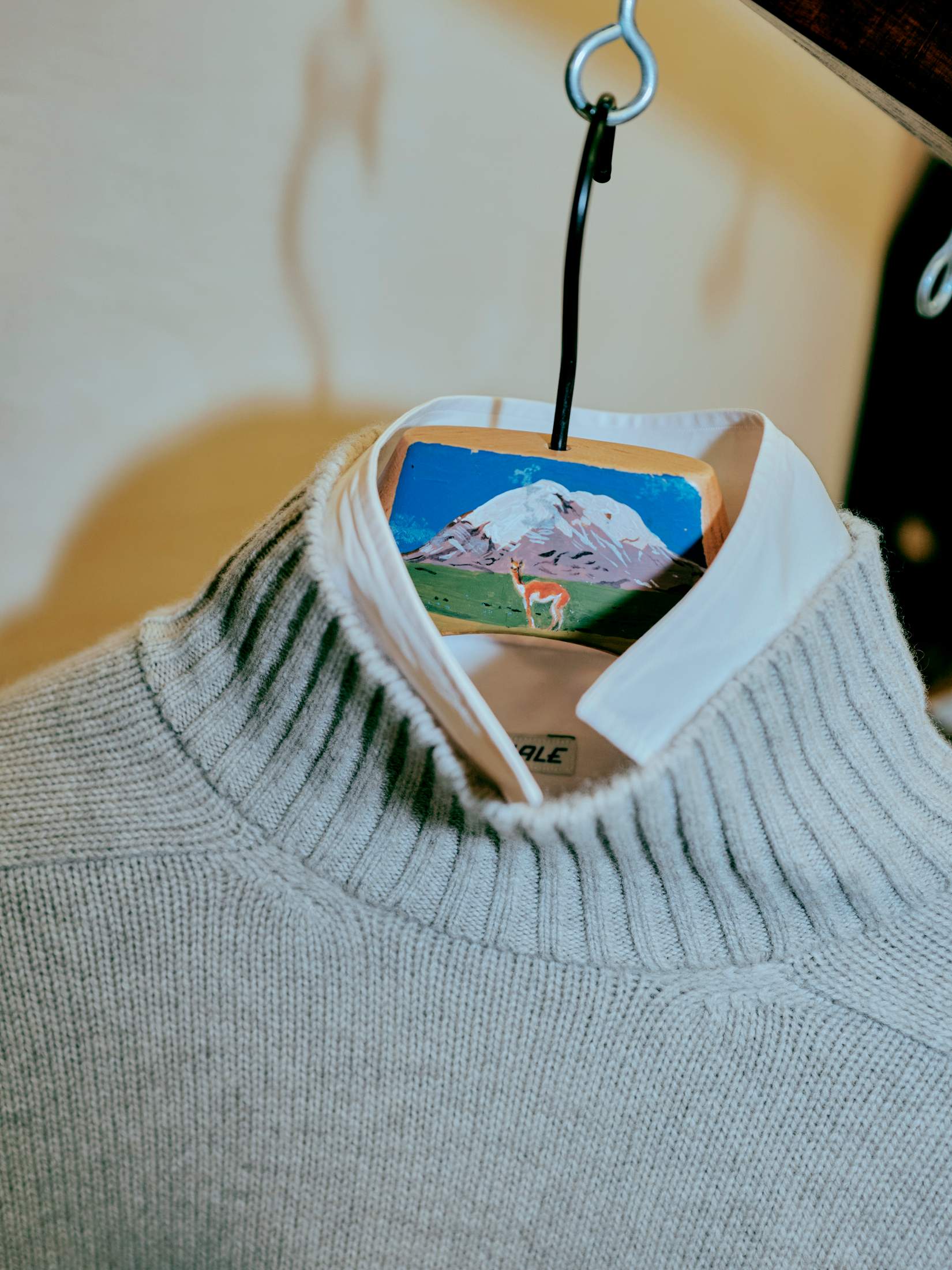
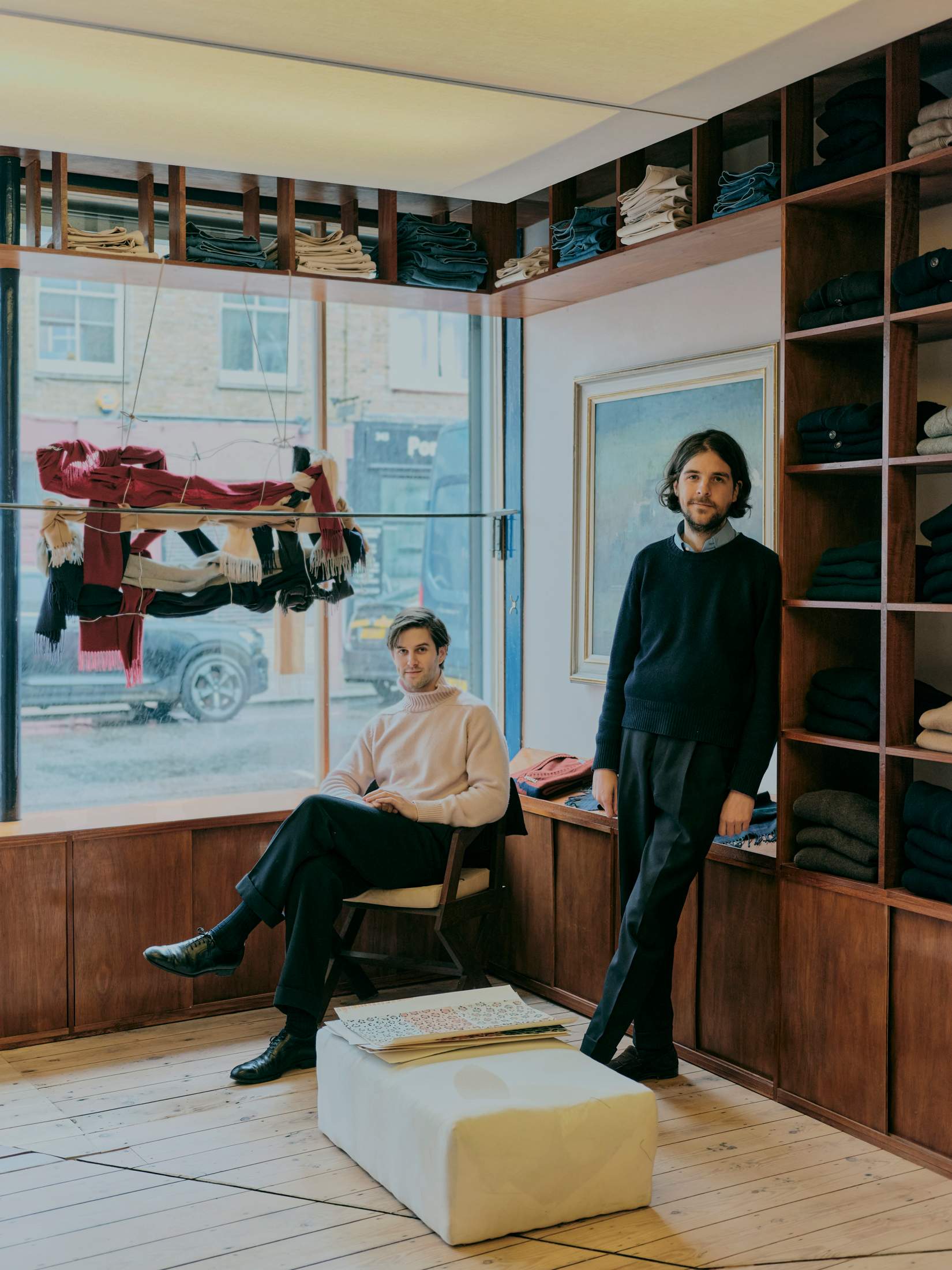
George Marsh (on left) and Bert Hamilton Stubber
25
Feet first
Socks & shoes, Global
Socks offer the quickest way to introduce a flash of colour to any look. To do it right, pick a shade that complements the palette of your base garments. A pair of blue-toned socks by Marian will bring cohesion to crisp white trousers and a blue shirt. If you’re bolder, opt for a striped Paul Smith pair featuring similar shades of blue. On sunnier days, a pink T-shirt with floral pink-and-green socks. It shows consideration from head to toe.
paulsmith.com; marimekko.com
